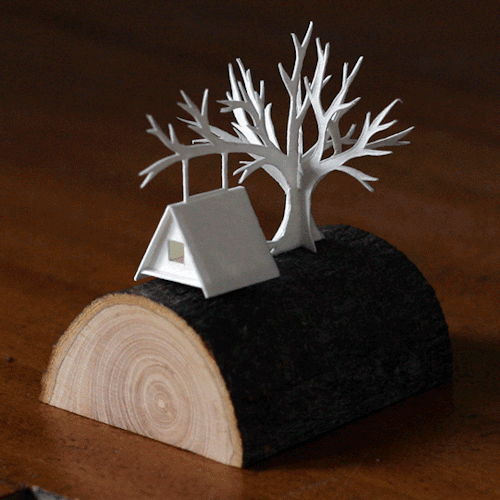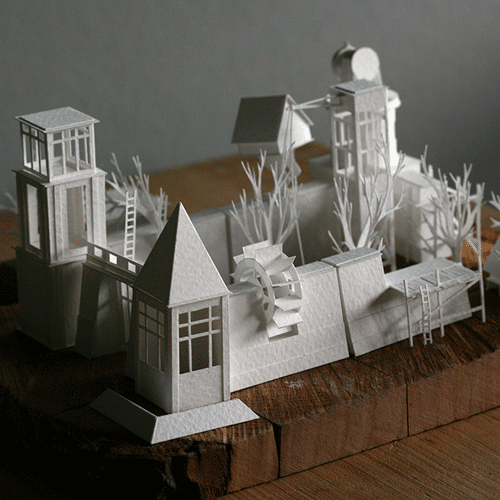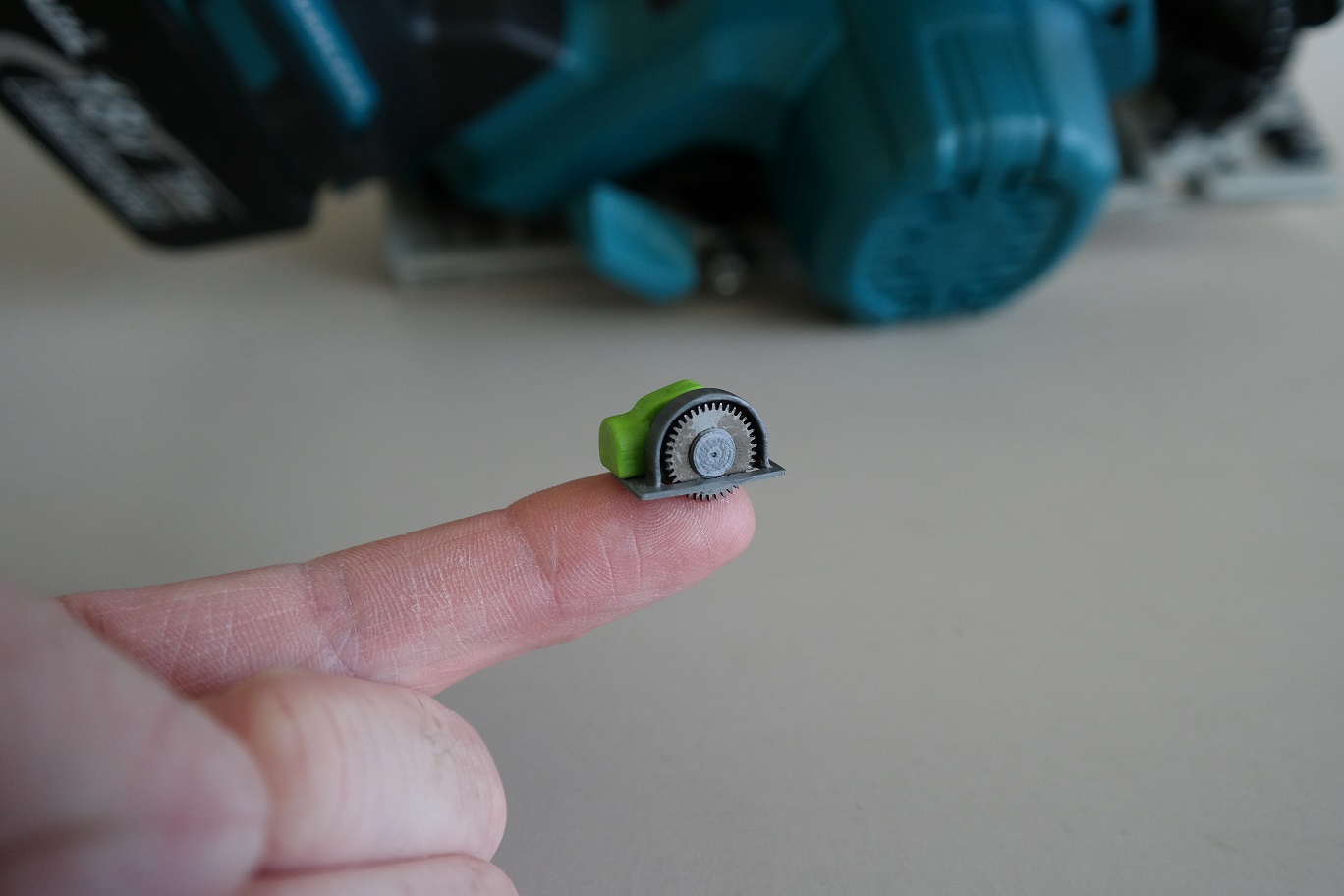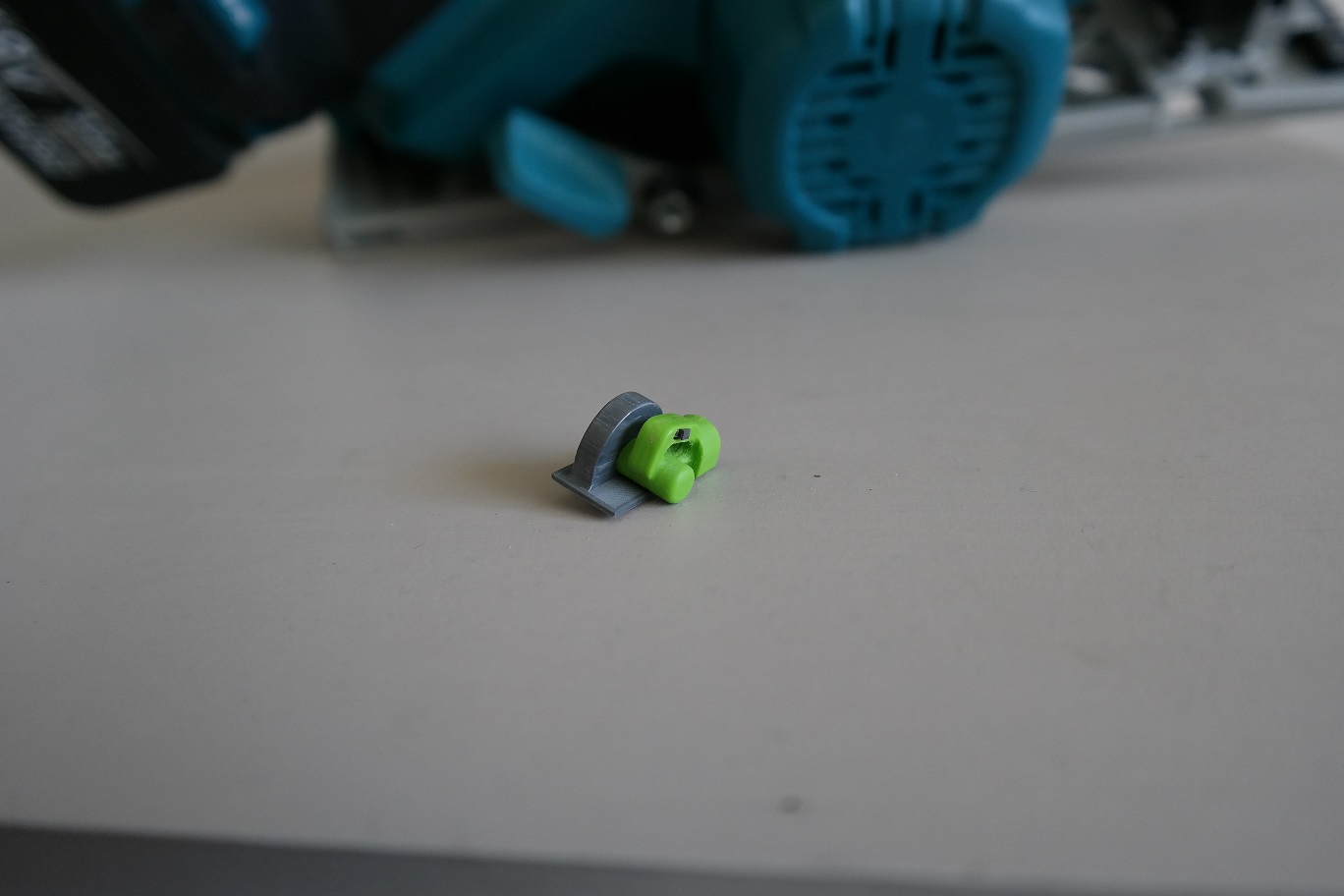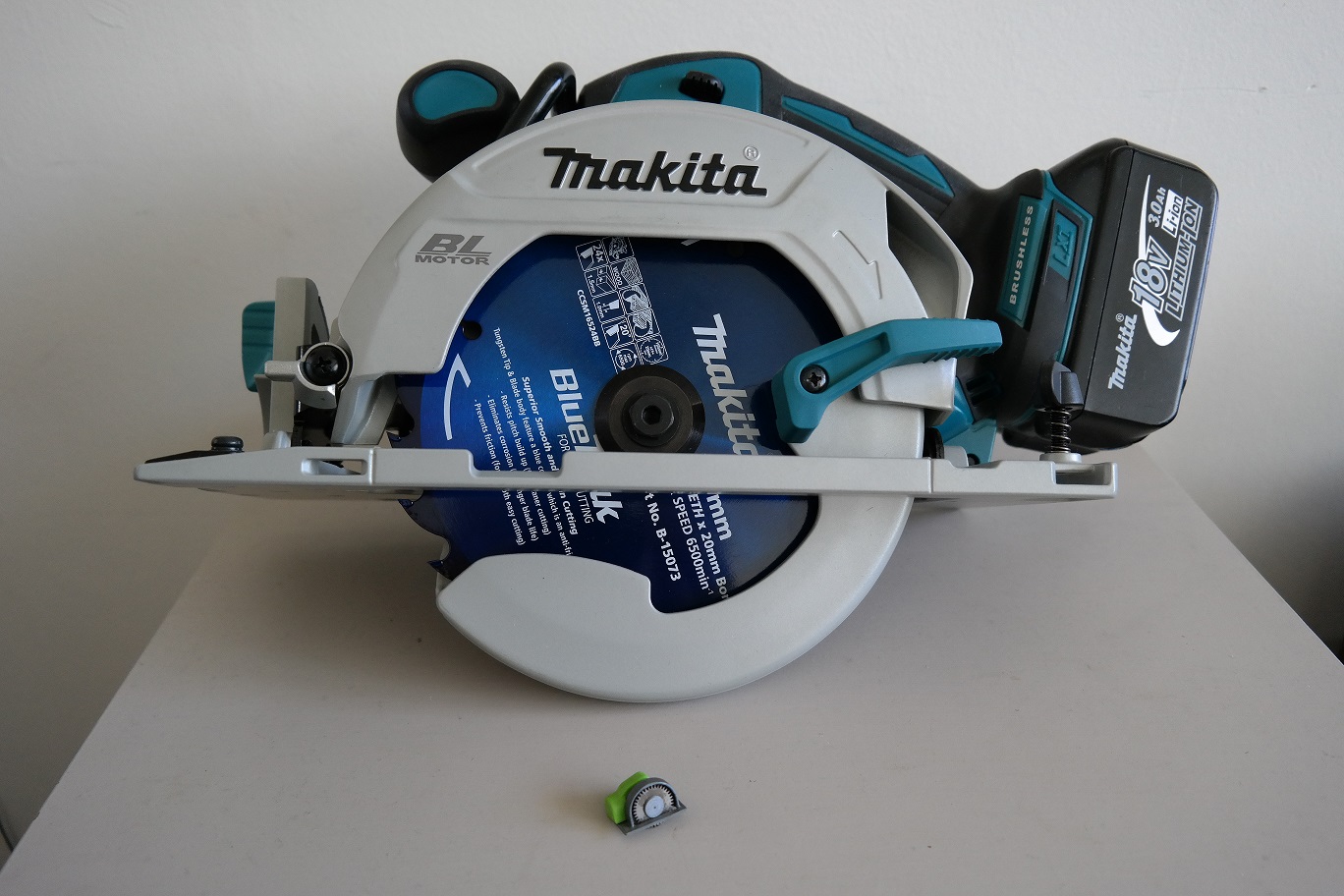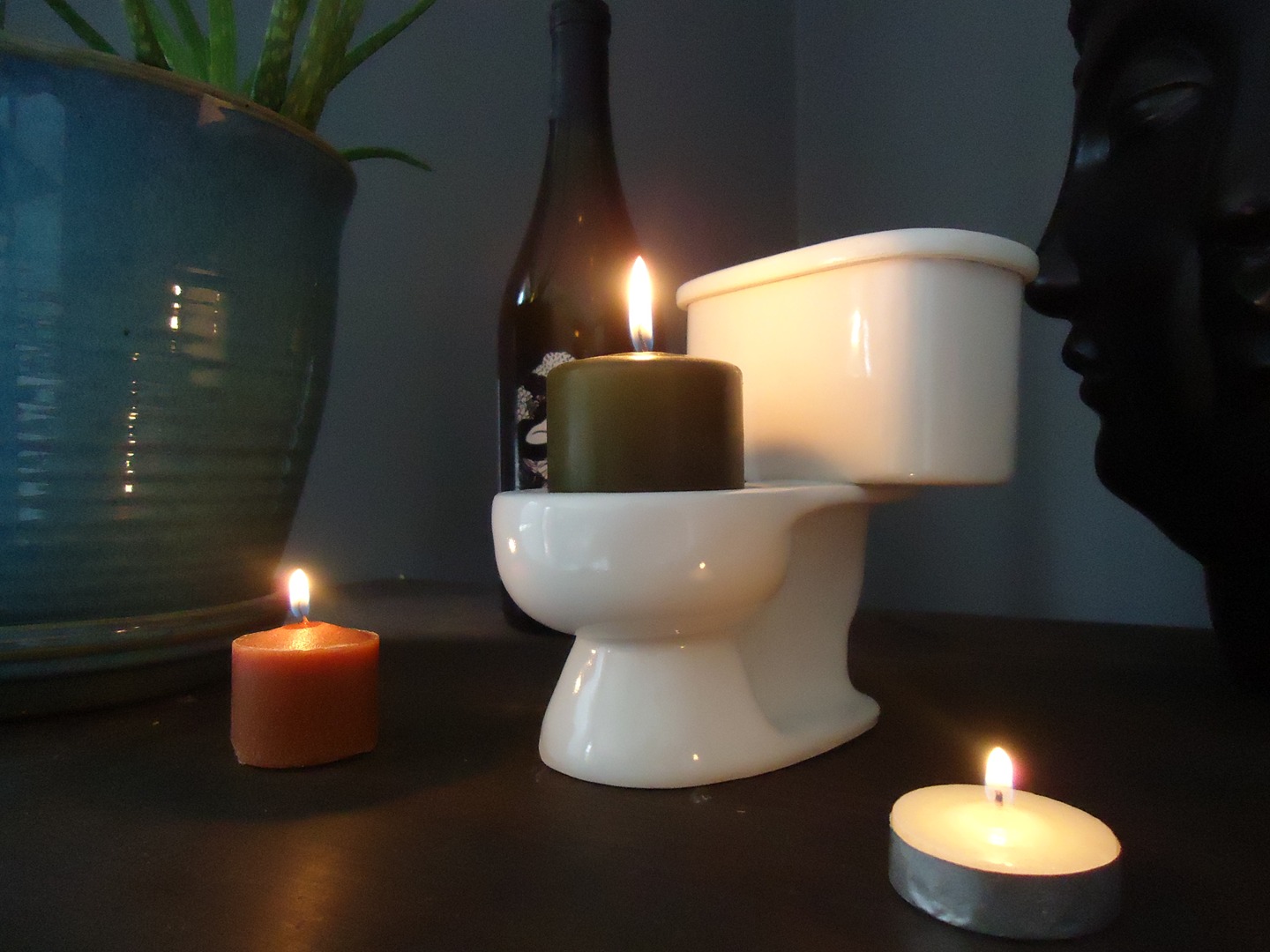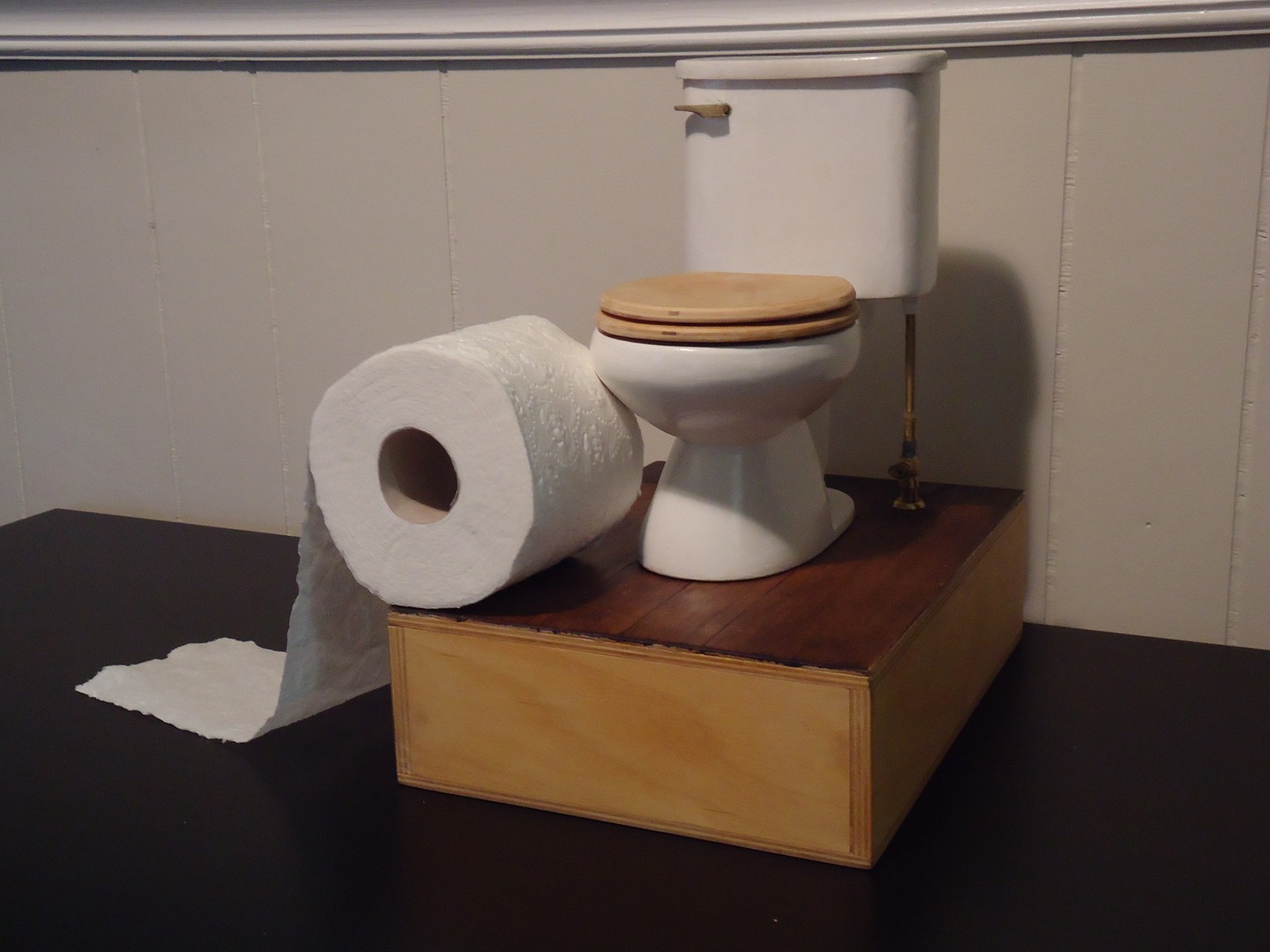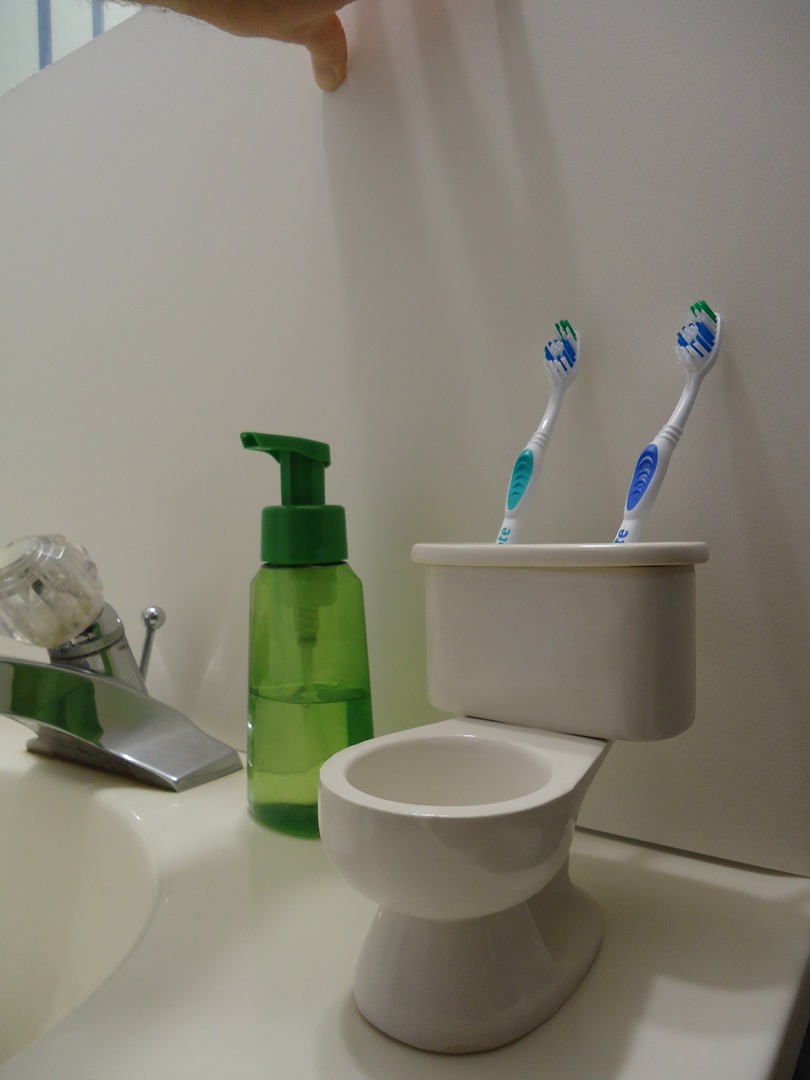Miniature Embroidery by Louise Smith
Landscapes in Silk and Thread
| Website | Blog | Profile |
Tell us a bit about your background as an artist.
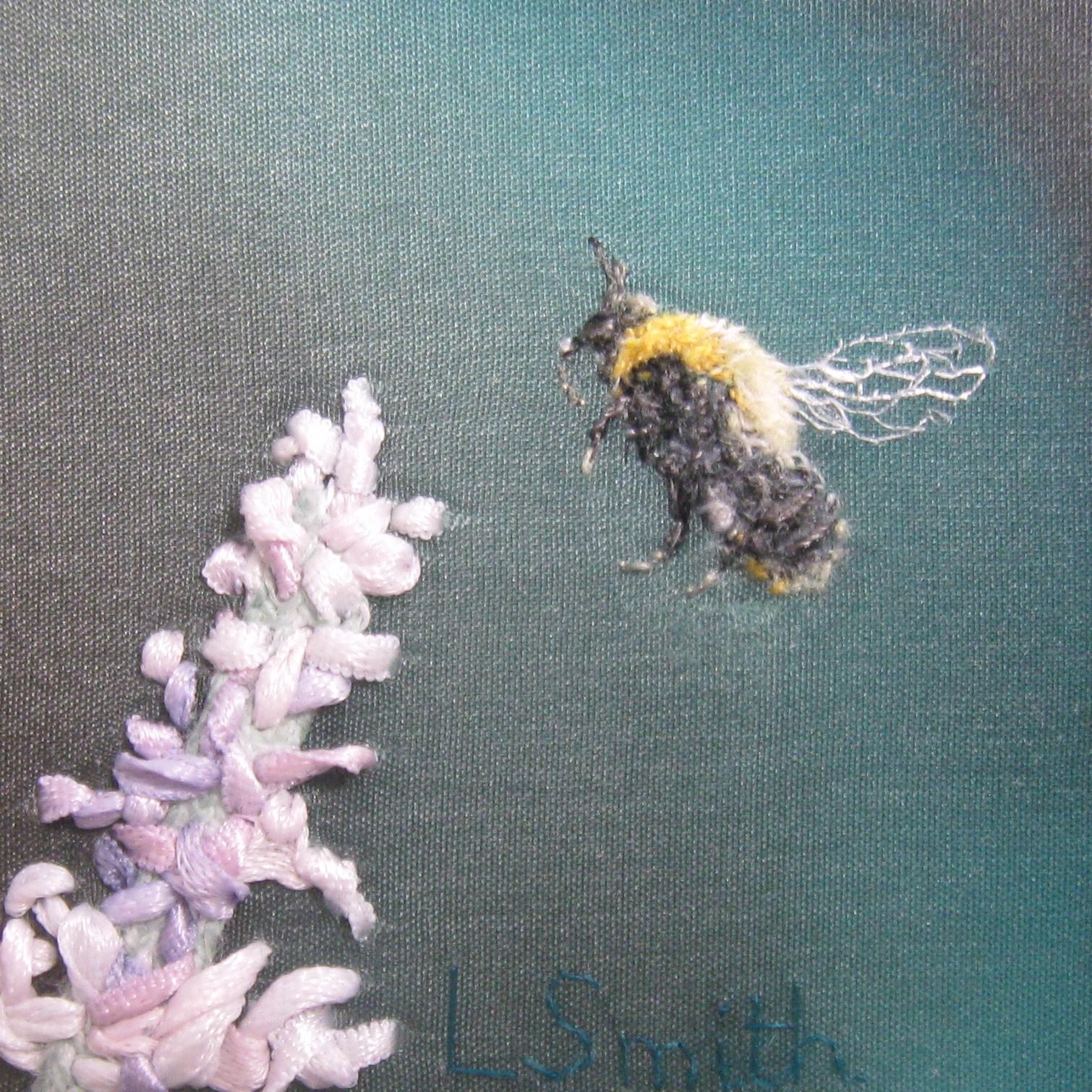 As a teenager, I saw an exhibition of free motion machine embroidery on silk, and was intrigued by how the stitched foreground appeared so near and the painted background so distant, making me feel I’d traveled miles while standing on the spot. But a little research on the subject—in books, in those pre-Internet days—left me feeling this was too tricky and time-consuming an art form to learn at the time.
As a teenager, I saw an exhibition of free motion machine embroidery on silk, and was intrigued by how the stitched foreground appeared so near and the painted background so distant, making me feel I’d traveled miles while standing on the spot. But a little research on the subject—in books, in those pre-Internet days—left me feeling this was too tricky and time-consuming an art form to learn at the time.
I must have held onto the idea somewhere, though, and seven years ago when I was seeking something creative to do in my spare time, it popped straight into my head. By this time, the Internet, artists’ blogs and YouTube videos had made learning a bit easier. Despite having done neither painting nor sewing since my schooldays, I went all in, buying a sewing machine and a bunch of silk, paint and thread, determined to make a go of it.
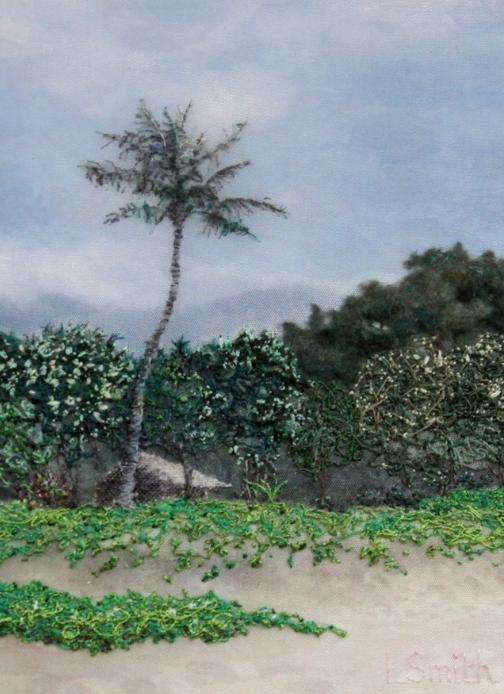 I did some painting on silk first, getting used to that medium, then took on the task of learning free motion machine embroidery. They’re very different disciplines, but they do share a common power to exasperate! When a painting or sewing session goes well, though, you feel like you’ve climbed a mountain.
I did some painting on silk first, getting used to that medium, then took on the task of learning free motion machine embroidery. They’re very different disciplines, but they do share a common power to exasperate! When a painting or sewing session goes well, though, you feel like you’ve climbed a mountain.
Nowadays, I also incorporate a lot of other techniques such as hand sewing, gluing, ribbon work, and using thread lint—whatever’s demanded by the scene I’m trying to create.
What unique materials have gone in to your work?
I doubt it’s unique to me, but I use thread lint sometimes, which is just regular sewing thread chopped finely. I use a toothpick to stir different colors together to get the exact shade I want. It’s great for depicting fields or trees in the middle distance, that are too near for paint and too distant for embroidery. I attach it to the silk using acid-free tacky glue.
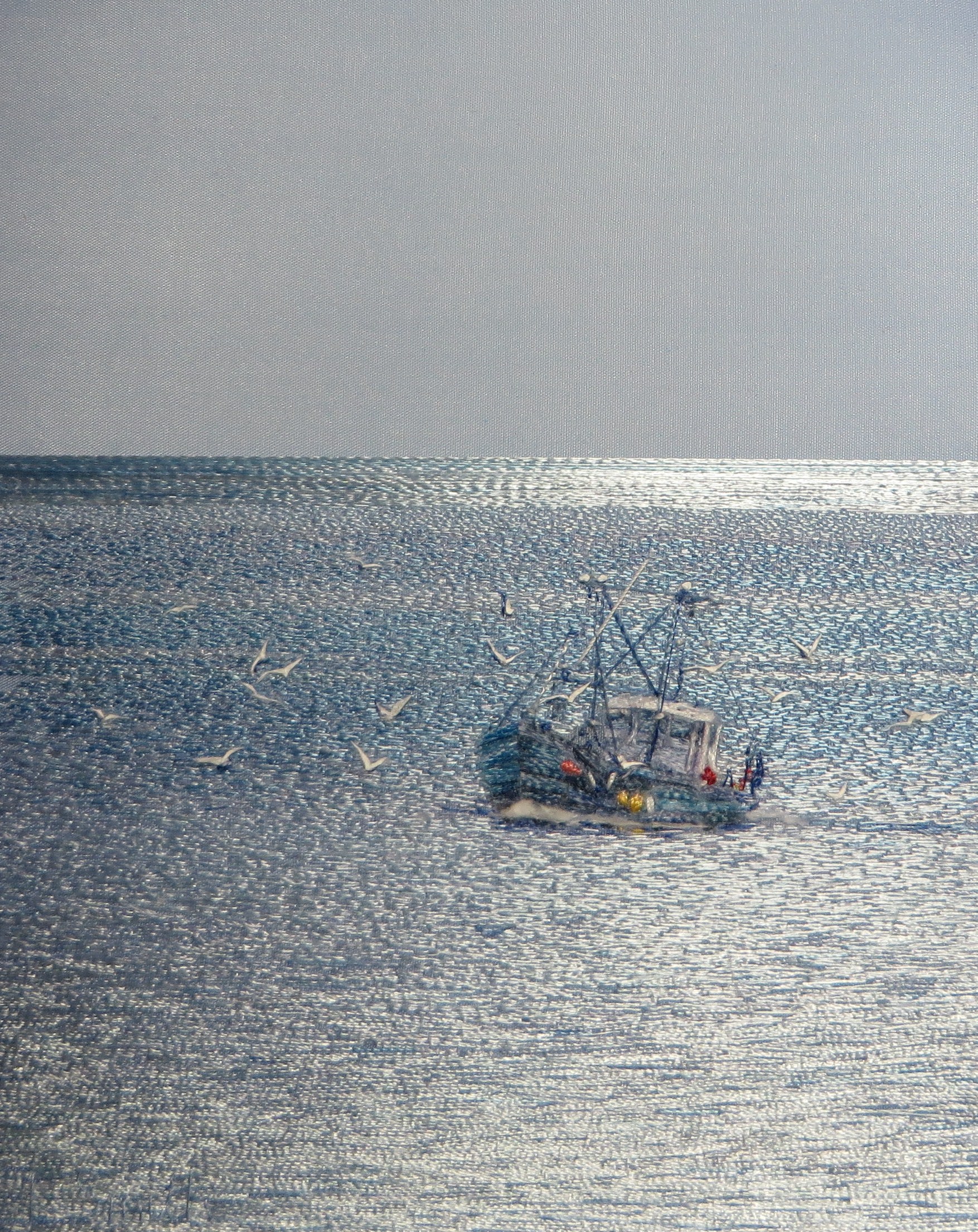 Since I work with woven silk, sometimes when I’m looking for a really fine thread, such as for boat rigging, I’ll pull a single strand of silk from the side of the piece and use that.
Since I work with woven silk, sometimes when I’m looking for a really fine thread, such as for boat rigging, I’ll pull a single strand of silk from the side of the piece and use that.
One piece featuring seagulls had me stumped, because I tried thread, then ribbon, and still wasn’t happy with the look of the gulls. I ended up using tiny slivers of Tyvek, which is used for everything from envelopes to house wraps, but counts as fiber.
I sometimes use snippets of ribbon or cotton. And I’m a fabric store’s nightmare because I’ll drag out a big roll of some fabric with an intriguing texture and buy a quarter-yard of it.
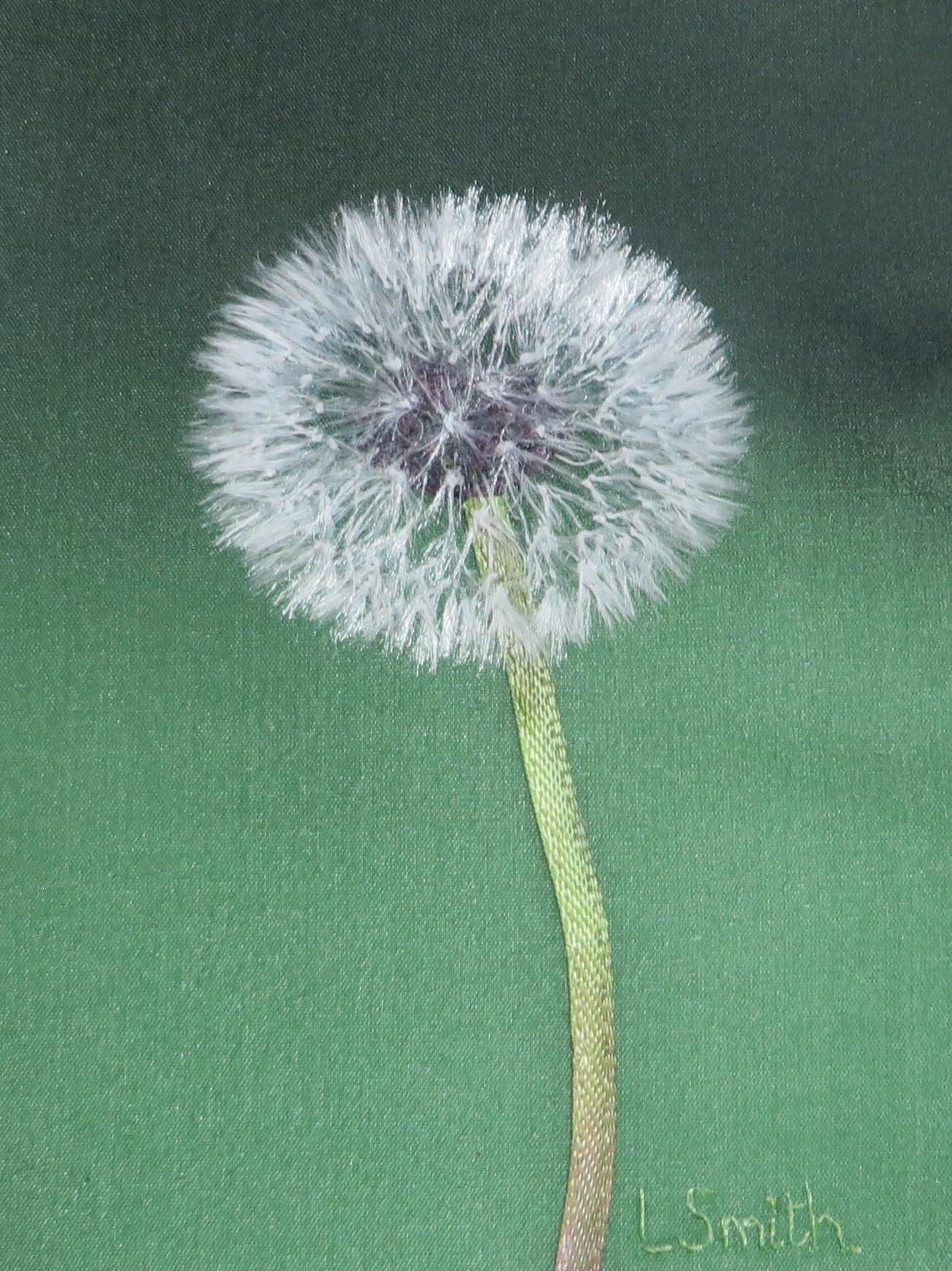 Although I embroider mostly with regular sewing thread, I do subject it to processes that make it look different. My work should look absolutely nothing like traditional embroidery with its very tidy, recognizable stitch patterns, because nature doesn’t look like that. So, I might do some free motion machine embroidery and then rough it up with an emery board to make it look like windblown grass; or chop into it with scissors. It sometimes feels like hairstyling on a very small scale.
Although I embroider mostly with regular sewing thread, I do subject it to processes that make it look different. My work should look absolutely nothing like traditional embroidery with its very tidy, recognizable stitch patterns, because nature doesn’t look like that. So, I might do some free motion machine embroidery and then rough it up with an emery board to make it look like windblown grass; or chop into it with scissors. It sometimes feels like hairstyling on a very small scale.
Why do you find yourself predominantly working in a small scale?
With the medium of embroidery, it’s partly determined by the diameter of hoop that can fit within the arm of the sewing machine. Much larger than a 10-inch hoop, and you’ll find the edge of the hoop bangs into the arm of the machine and compromises your stitching. And even on pieces that don’t involve the machine, I still aim small because it would take too long to hand-sew a large area.
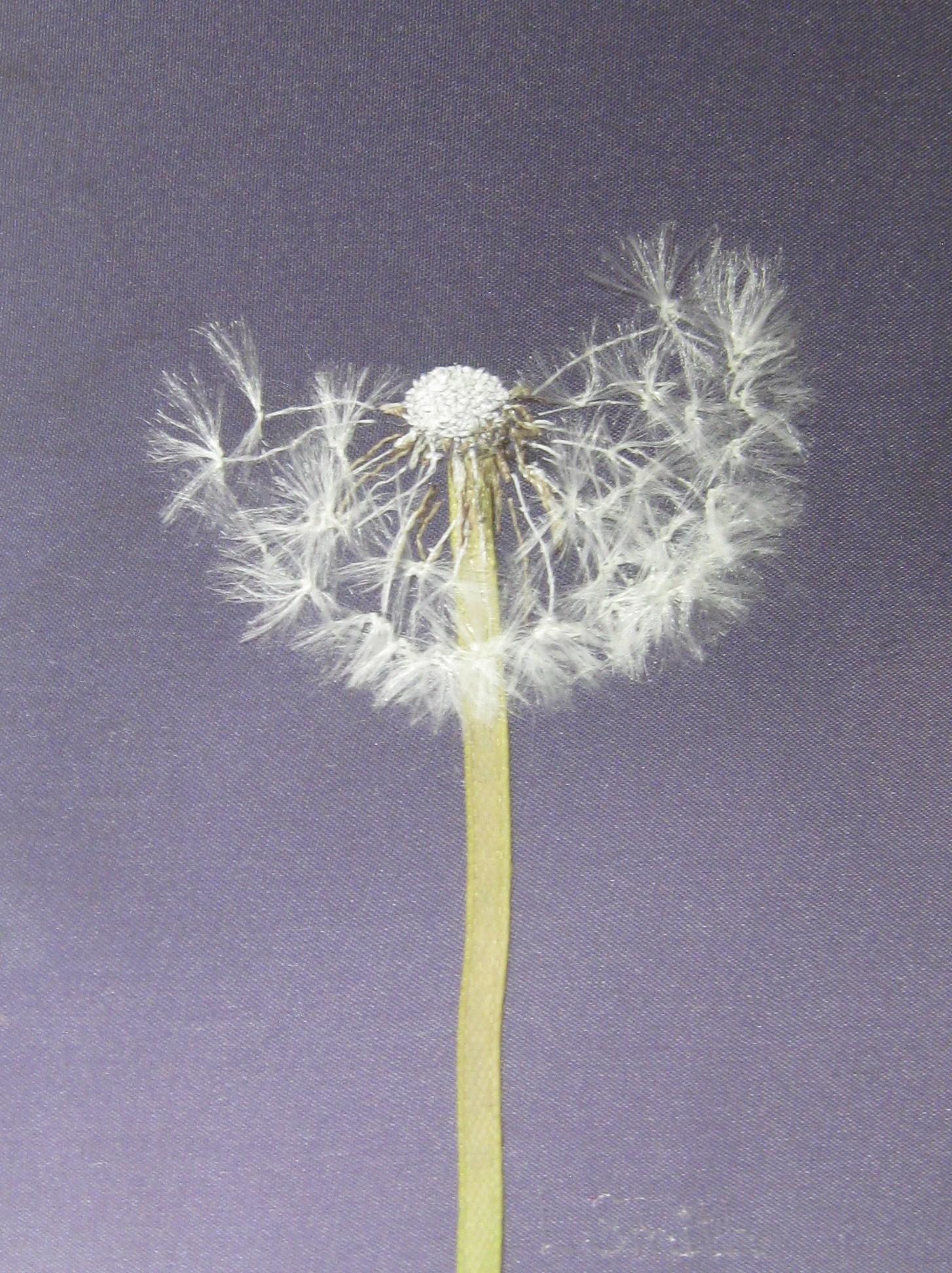 As for why embroidery as opposed to, say, large-scale landscape painting, I think it’s because I’m compelled to do something different. If embroidery on a small scale suddenly became a very mainstream hobby, I’d probably look for something else to do. There’s something special to me about bringing a relatively obscure art form to light.
As for why embroidery as opposed to, say, large-scale landscape painting, I think it’s because I’m compelled to do something different. If embroidery on a small scale suddenly became a very mainstream hobby, I’d probably look for something else to do. There’s something special to me about bringing a relatively obscure art form to light.
Artists that have inspired you?
Alison Holt, who’s based in the UK, is one of the first artists to have inspired me in this particular medium. And Kirsten Chursinoff is a fiber artist local to British Columbia, whose work I’ve been lucky enough to see in person. I’m afraid I’ve never been able to find out the name of the artist whose exhibition originally inspired me as a teenager, but I’m very thankful to them!
I’m also inspired by artists in all media, because they all have so much to teach me about composition and color, and I enjoy participating in art groups both local and online.
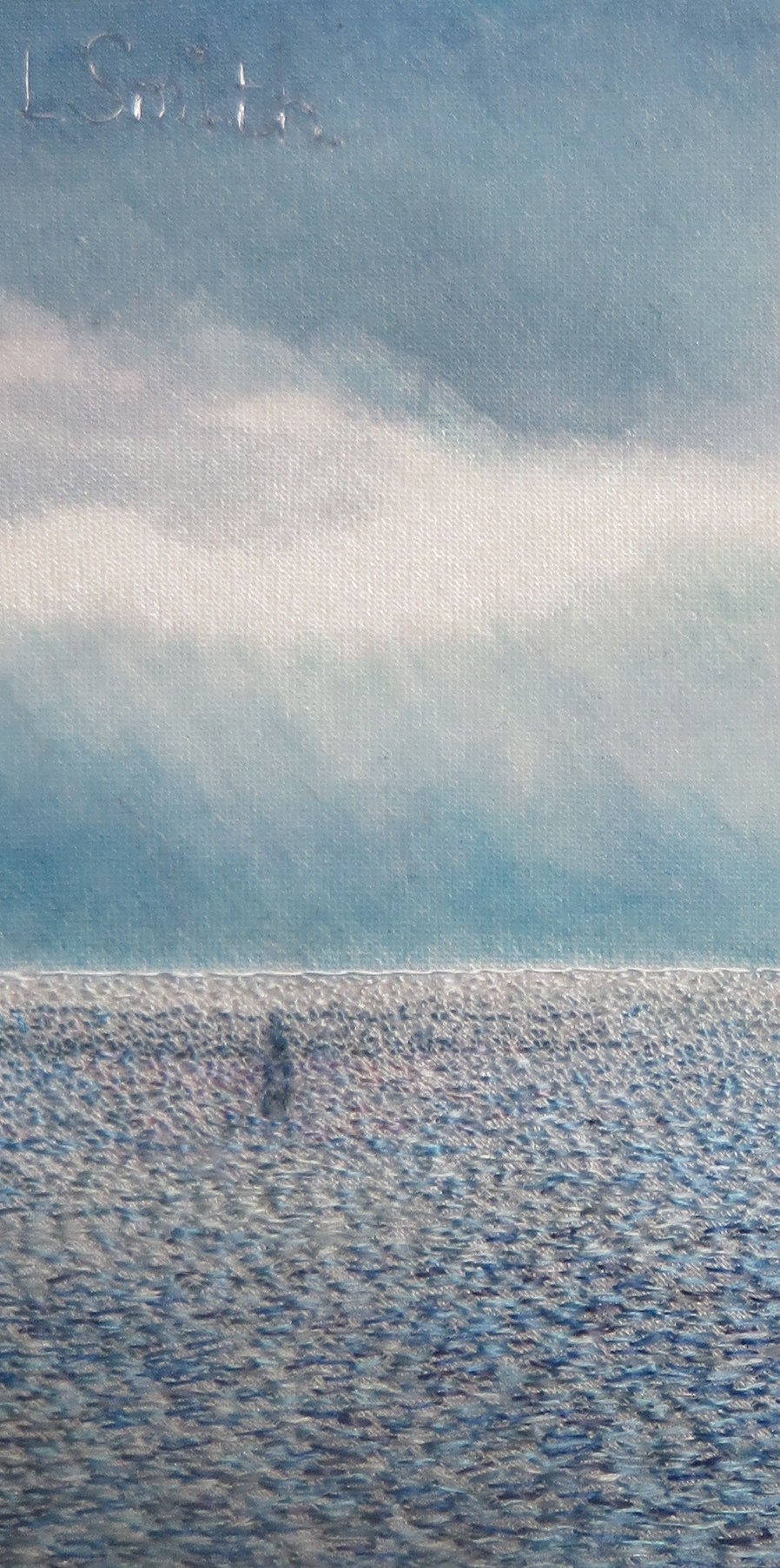 Favorite artist working with miniatures?
Favorite artist working with miniatures?
Alison Holt creates small-scale landscapes using free motion machine embroidery—and magic, I think—on silk. Janet Granger, a fellow member of Stitchin’ Fingers, creates exquisite miniature dollhouse furnishings.
Advice you’d share with beginner artists or those working in small scale?
I count myself as a beginner still, but I’d say: don’t hesitate to create a website and/or blog to help publicize your work. In real life, miniatures can be overlooked when displayed beside larger-scale artwork, but in the virtual world nothing can be larger than the size of a screen, so your visual presence can be as large as anyone else’s.
What is the most memorable miniature work you have ever seen?
Maarten Meerman’s miniature wooden sculptures are probably the smallest-scale I’ve ever seen in person. I also admire the work of sculptor Willard Wigan; and I can’t name any one above the others, but I’m intrigued by eggshell carvers.
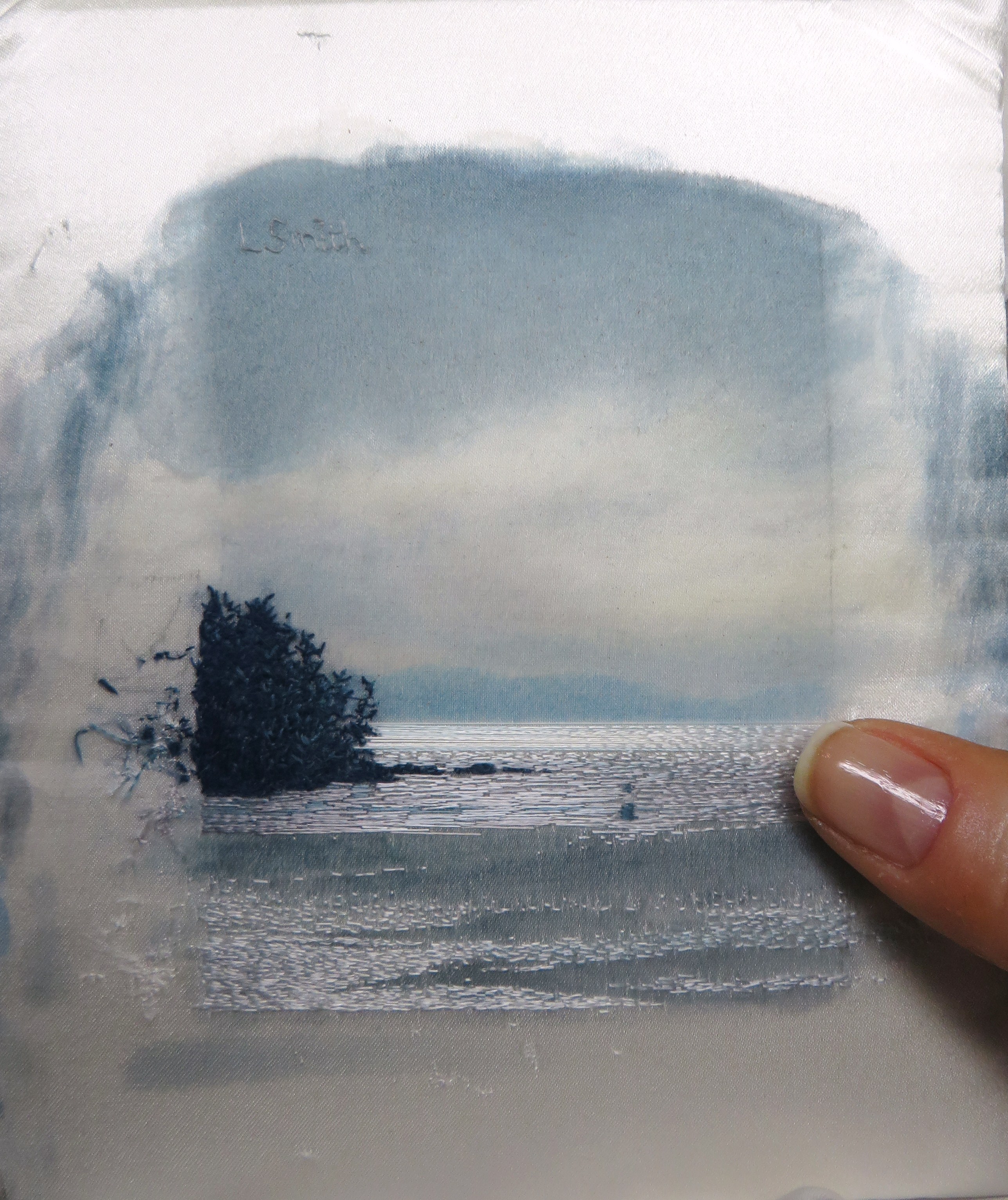 Why small scale for your miniature landscapes?
Why small scale for your miniature landscapes?
I love making people look more closely. I love a double-take. I love outright disbelief. But beyond the initial reactions I sometimes see, I love when somebody looks for a long time because a piece makes them feel something.
What’s to come from Louise Smith?
I’m working on pieces now for exhibition this winter in a group show called Positively Petite, featuring small-scale artwork and sculpture. That’s in Coquitlam, BC. The qualifying dimensions are around 3 x 4 inches or smaller, so after that I’m usually ready to bust out and do some comparative whoppers at 5 x 6 inches.
What do you want miniature fans to know about you?
Regardless of the scale of my work, my aim is always to create a piece that evokes an emotional response, rather than solely a reaction to the small dimensions or unusual materials. So, as much as I’m trying to master techniques and push boundaries in fiber, my true goal is to move you—miles and miles, and a mood away—through that little scrap of silk and thread.
Louise Smith is based in Vancouver, Canada. View many more of her miniature landscapes on the Threaded Views website, Threaded Views blog, and check out her Stitchin’ Fingers profile.
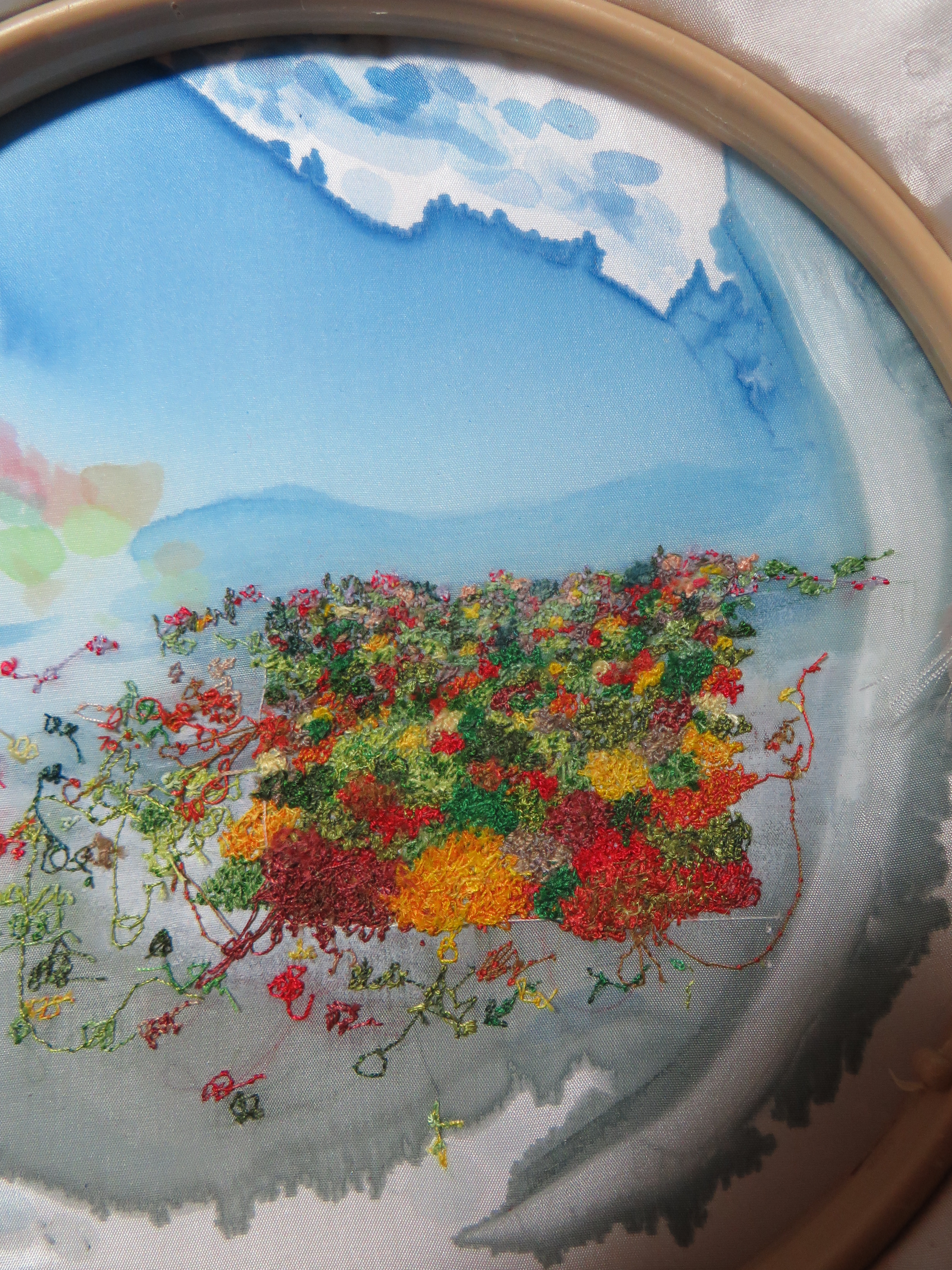
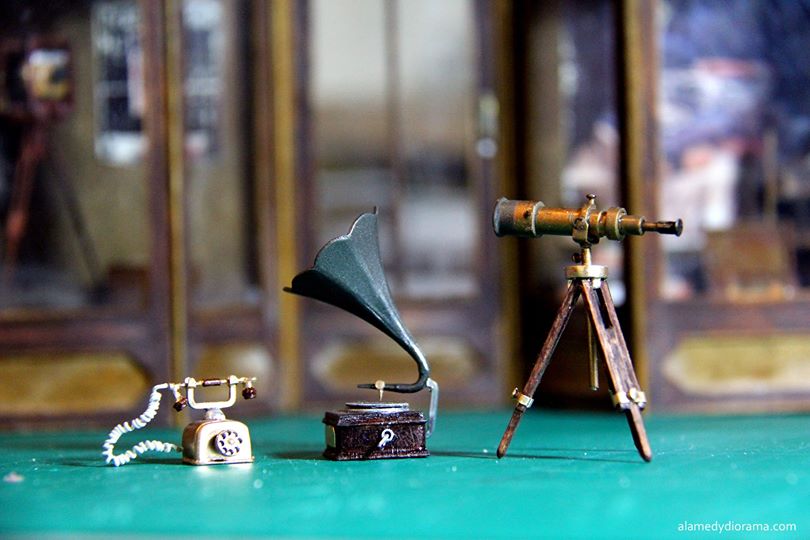 Advice for beginner artists and miniaturists?
Advice for beginner artists and miniaturists?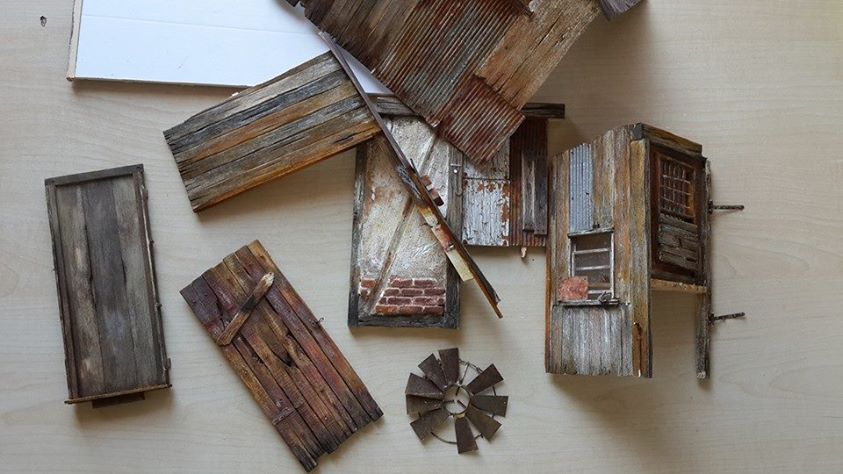 Who are some of your favorite miniaturists?
Who are some of your favorite miniaturists?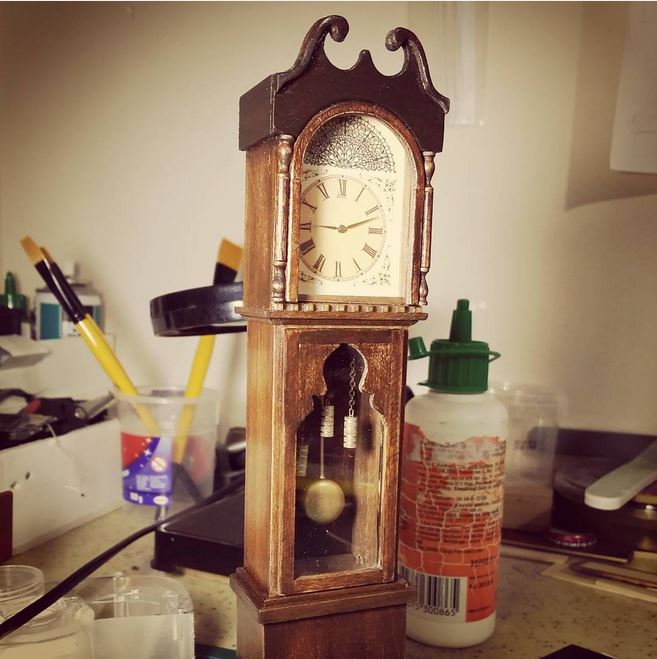 As I mentioned before, when I started out, I didn’t know that there was something called “dioramas” or “miniatures.” I didn’t have any tools or materials for making miniatures, but my passion to do those mini scenes pushed me to morph what I had to fit my work. I use plaster of Paris, aluminum foil, plastic rods and whatever I have in home.
As I mentioned before, when I started out, I didn’t know that there was something called “dioramas” or “miniatures.” I didn’t have any tools or materials for making miniatures, but my passion to do those mini scenes pushed me to morph what I had to fit my work. I use plaster of Paris, aluminum foil, plastic rods and whatever I have in home.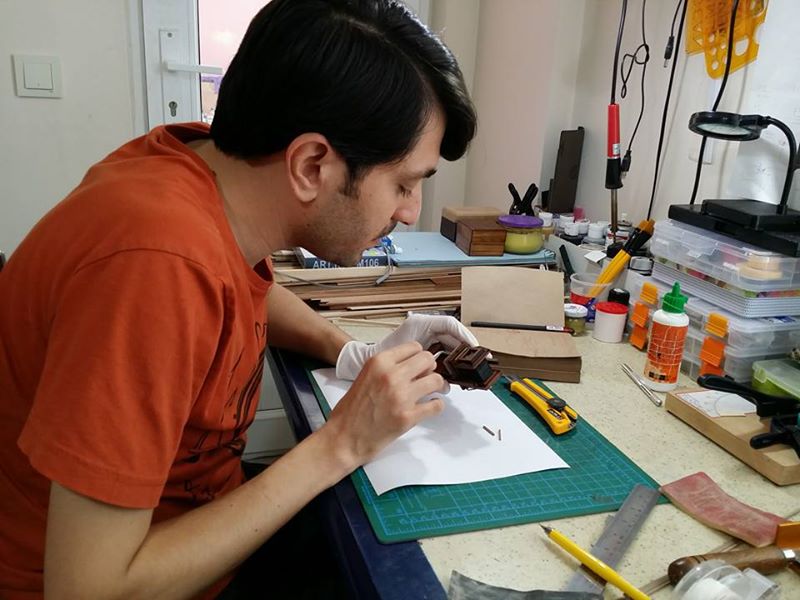

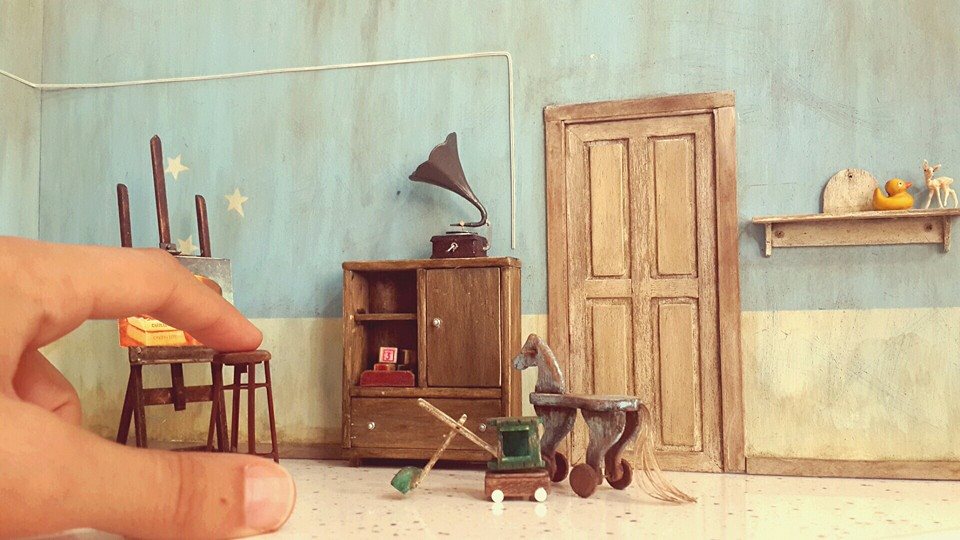
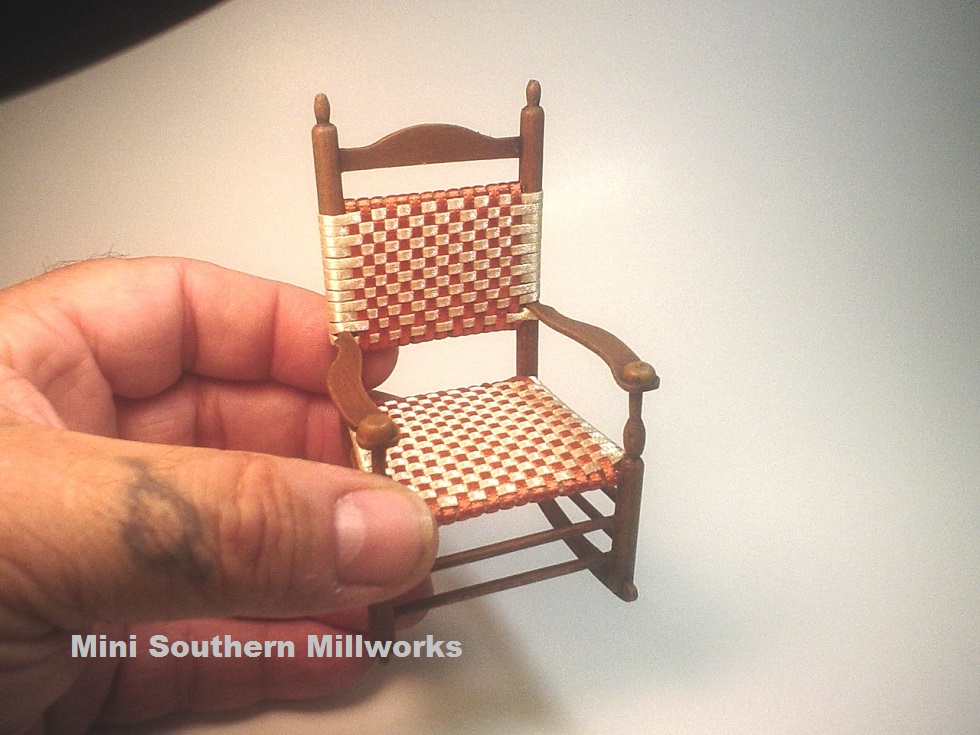
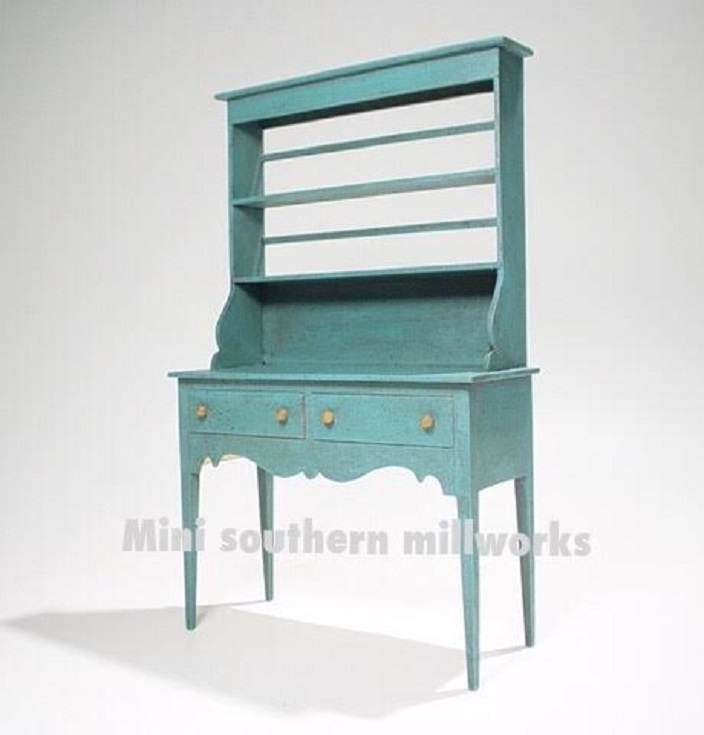
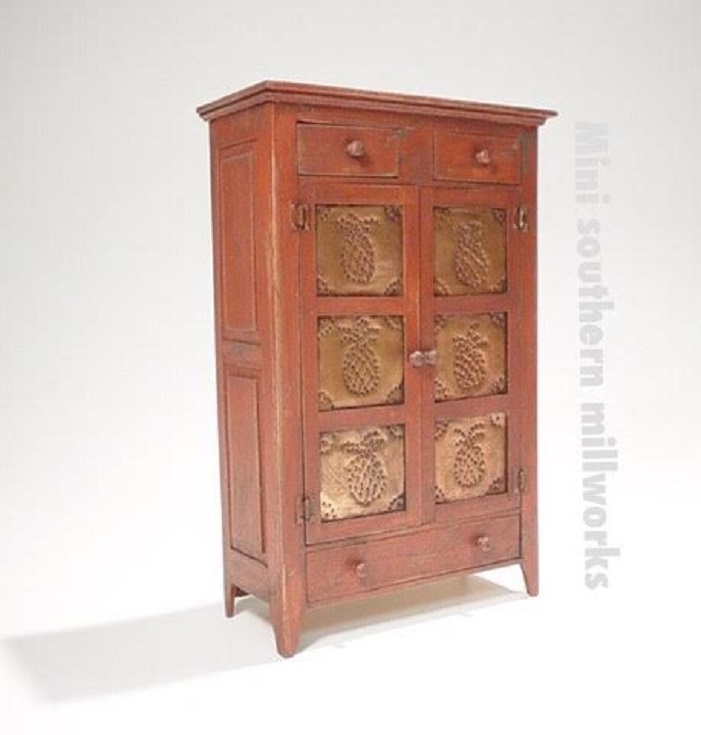
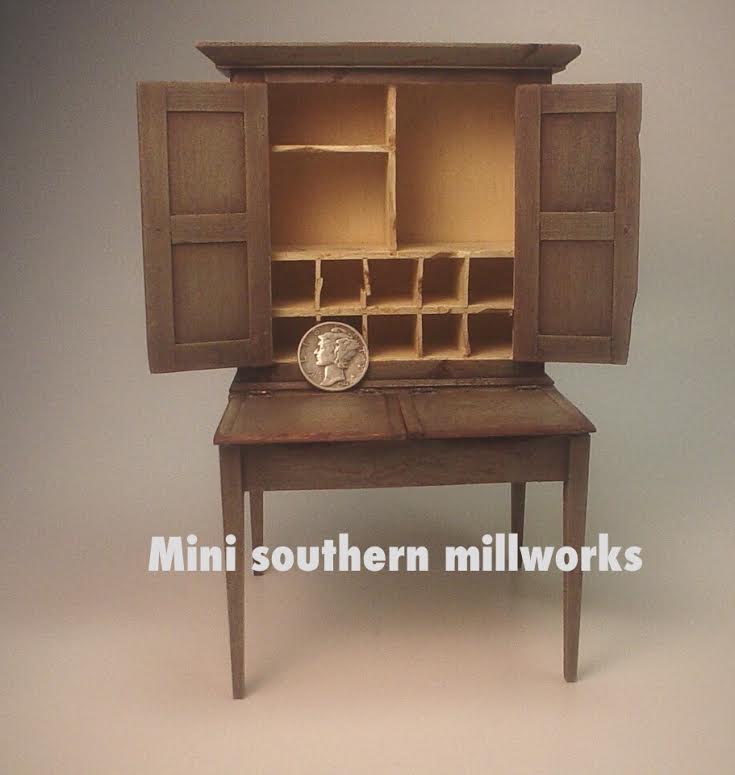
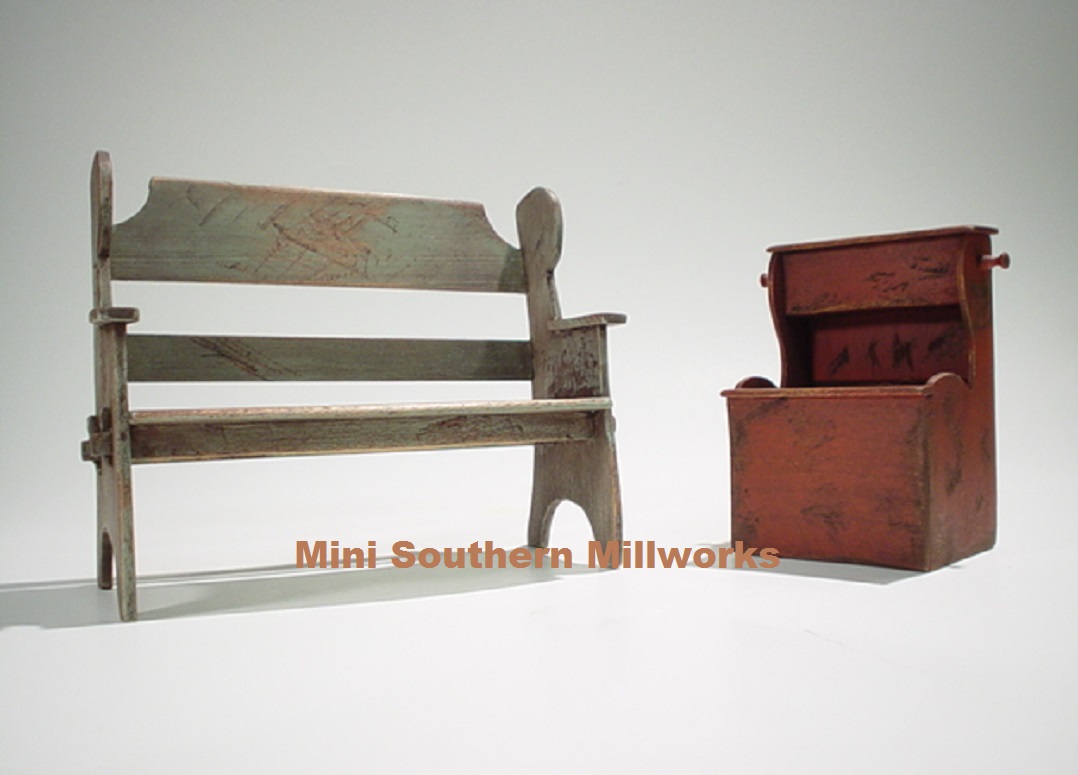

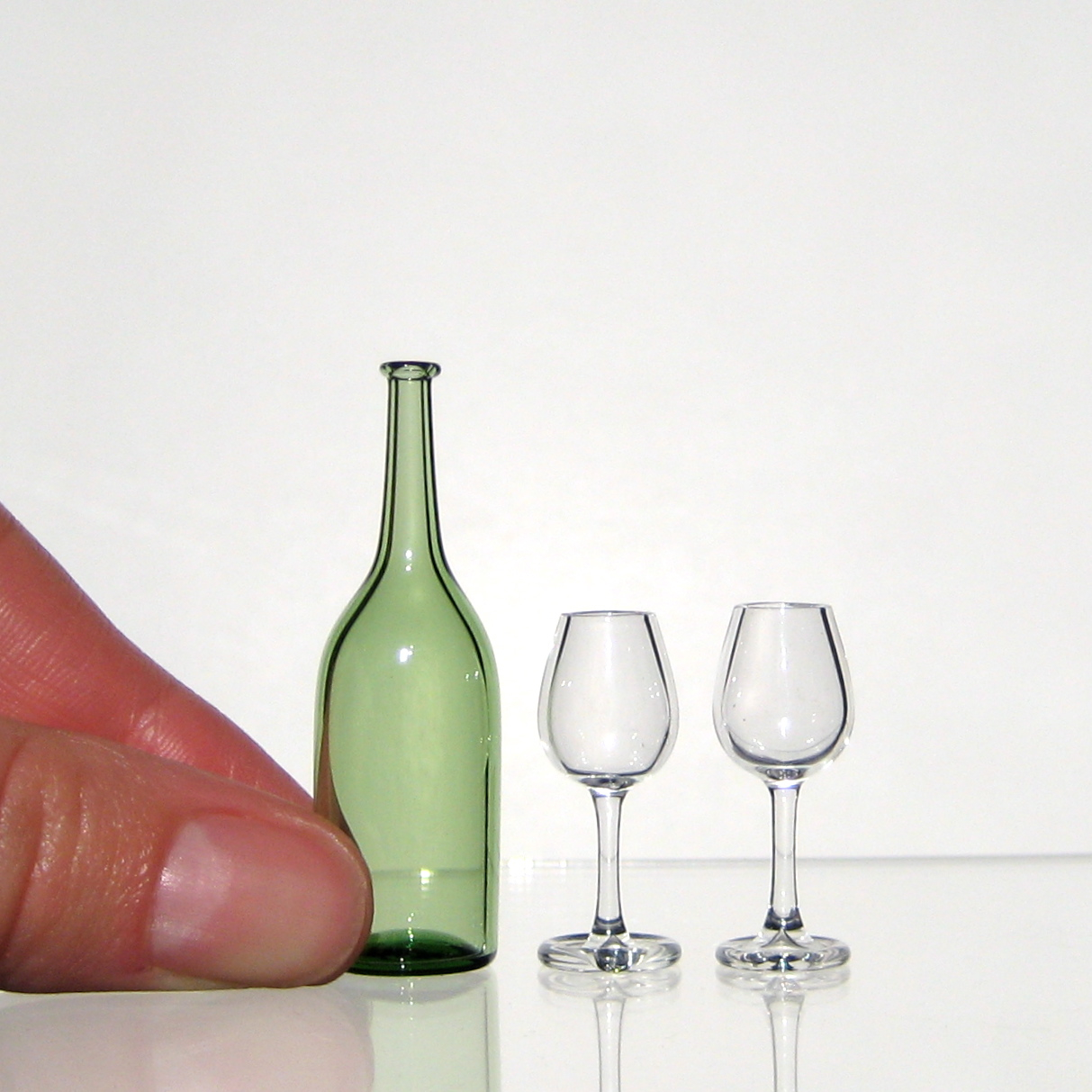
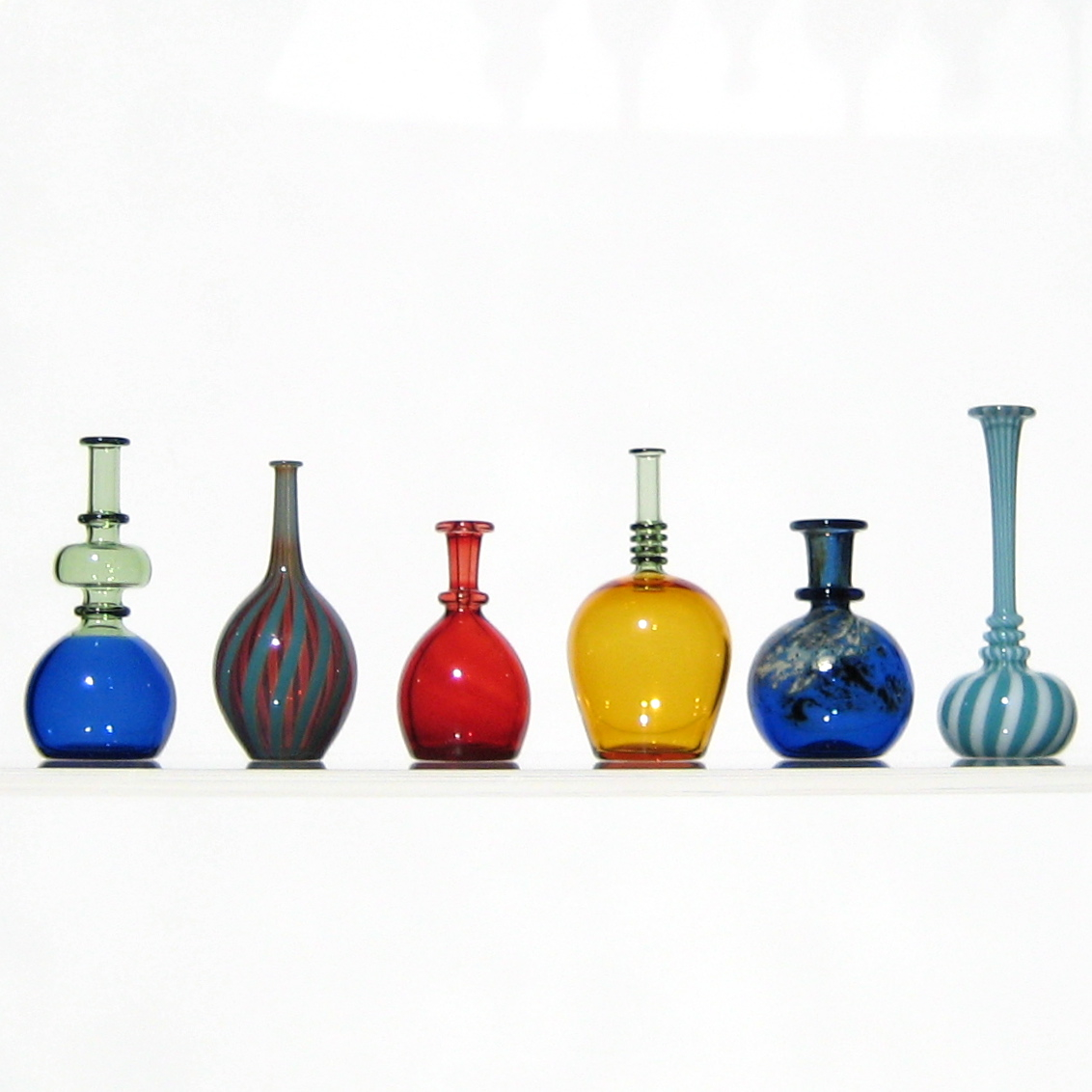
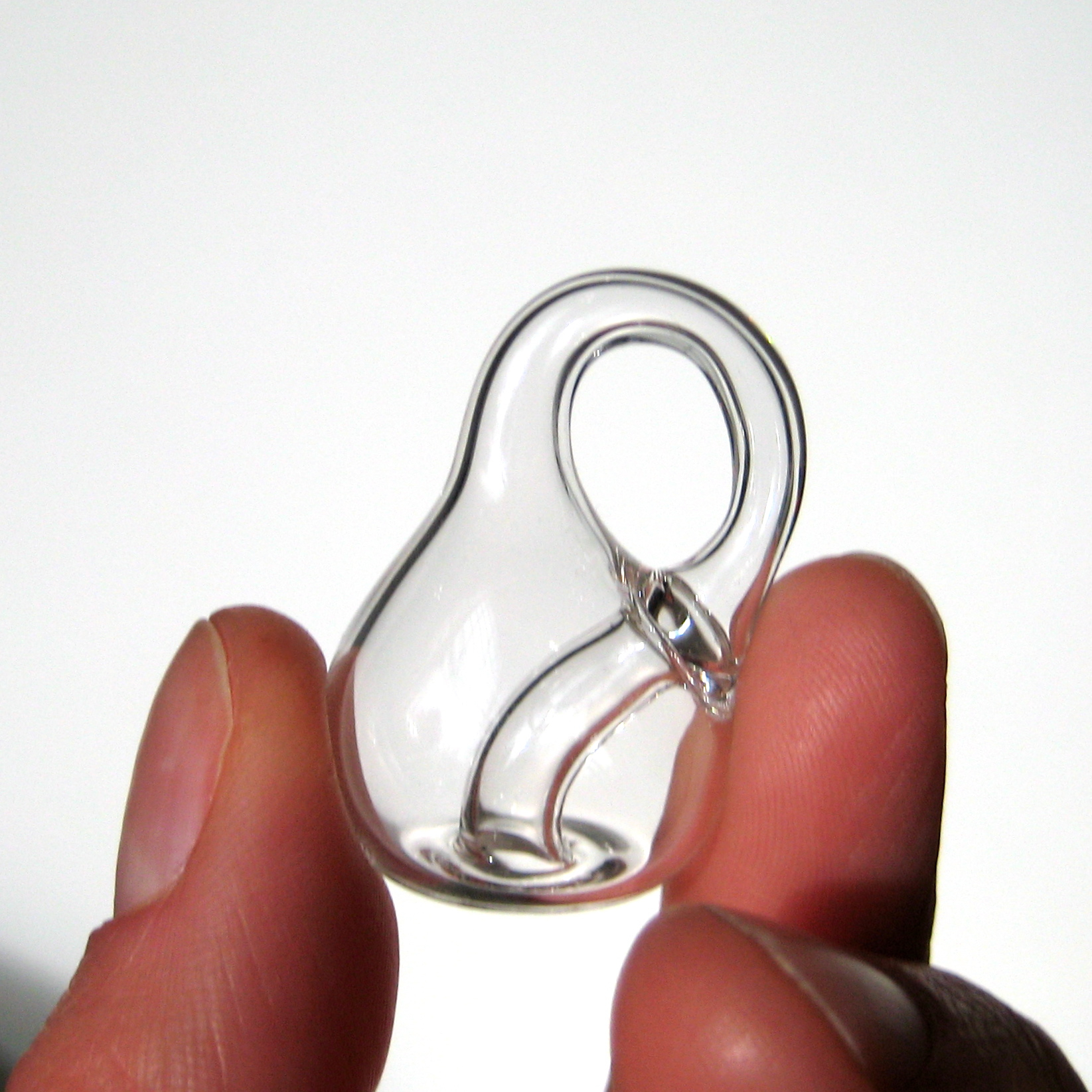
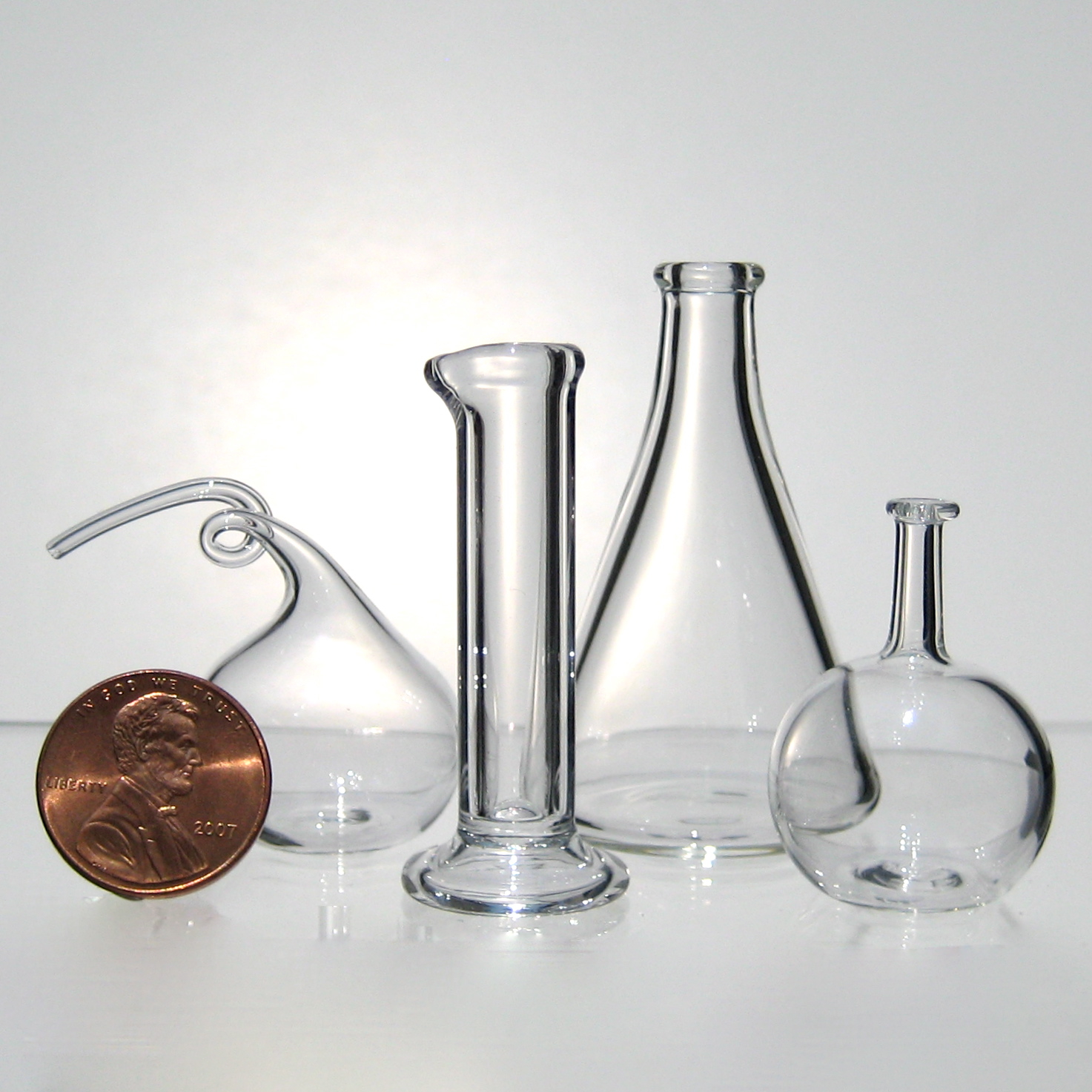
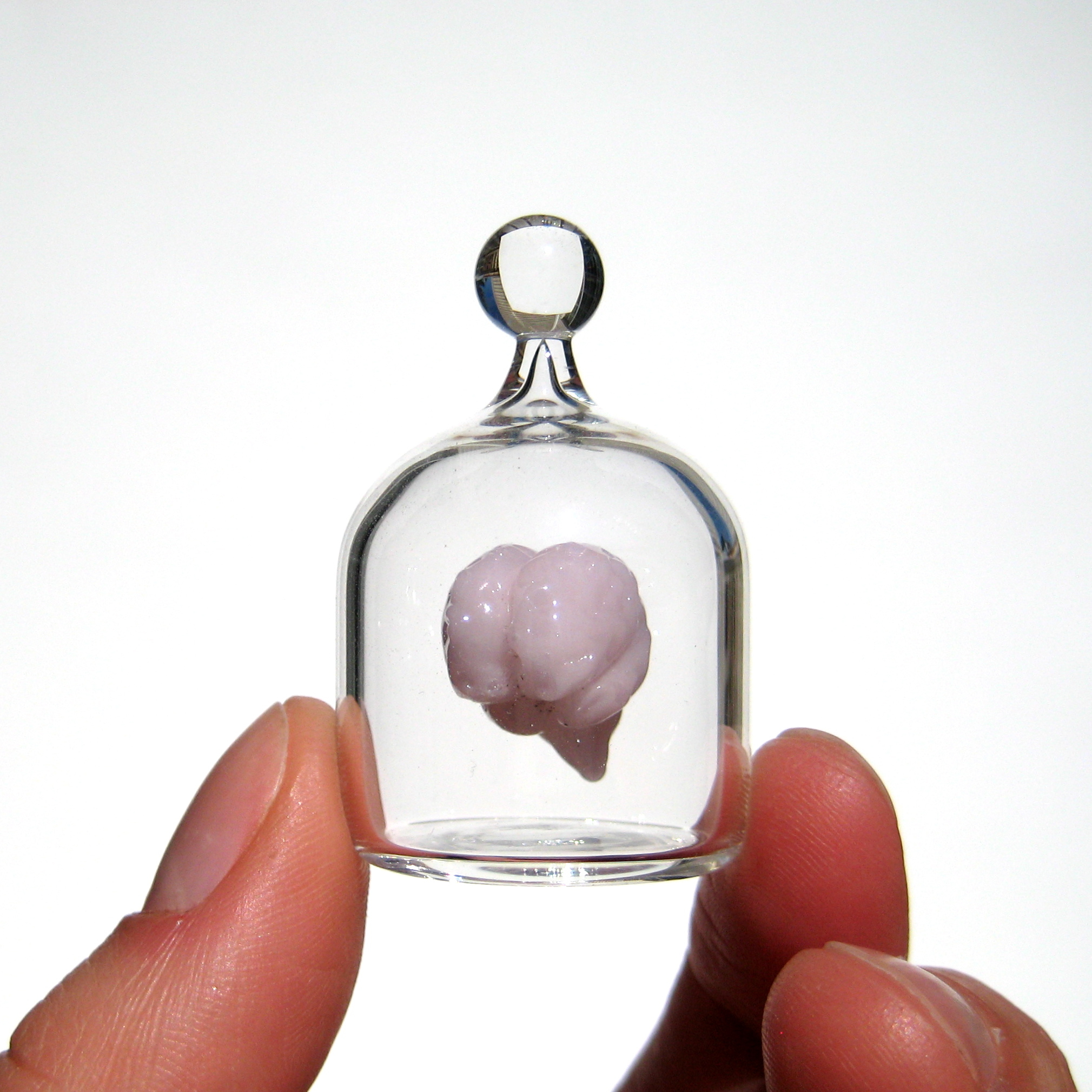

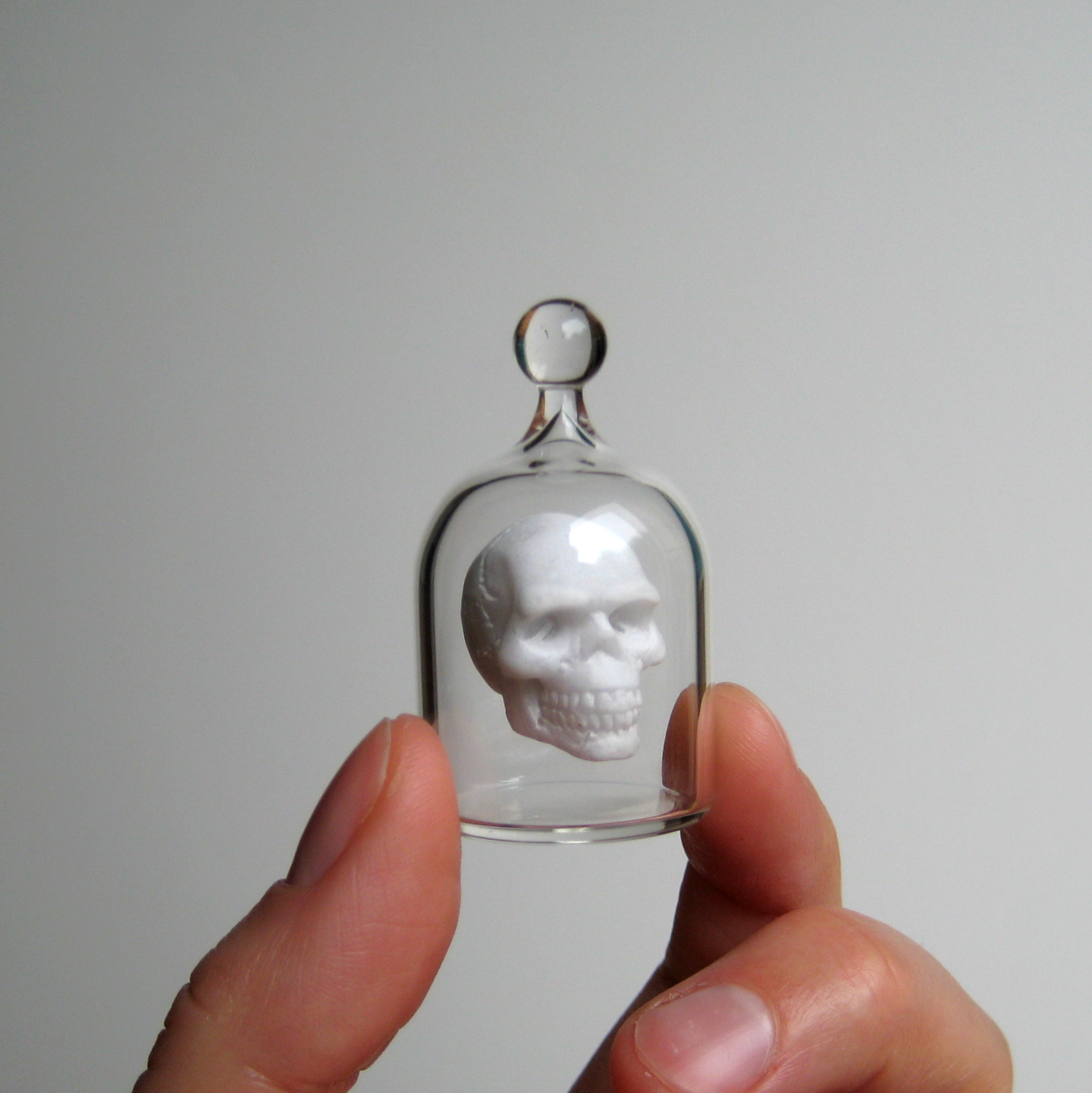
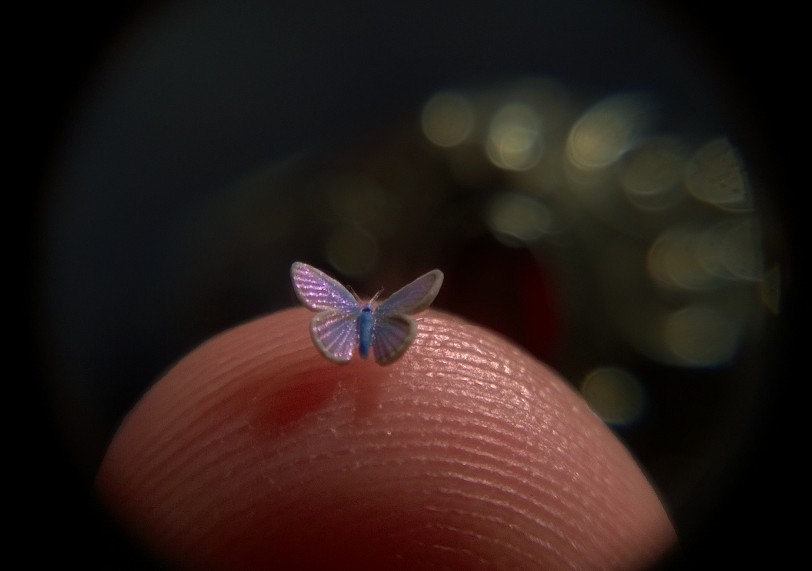
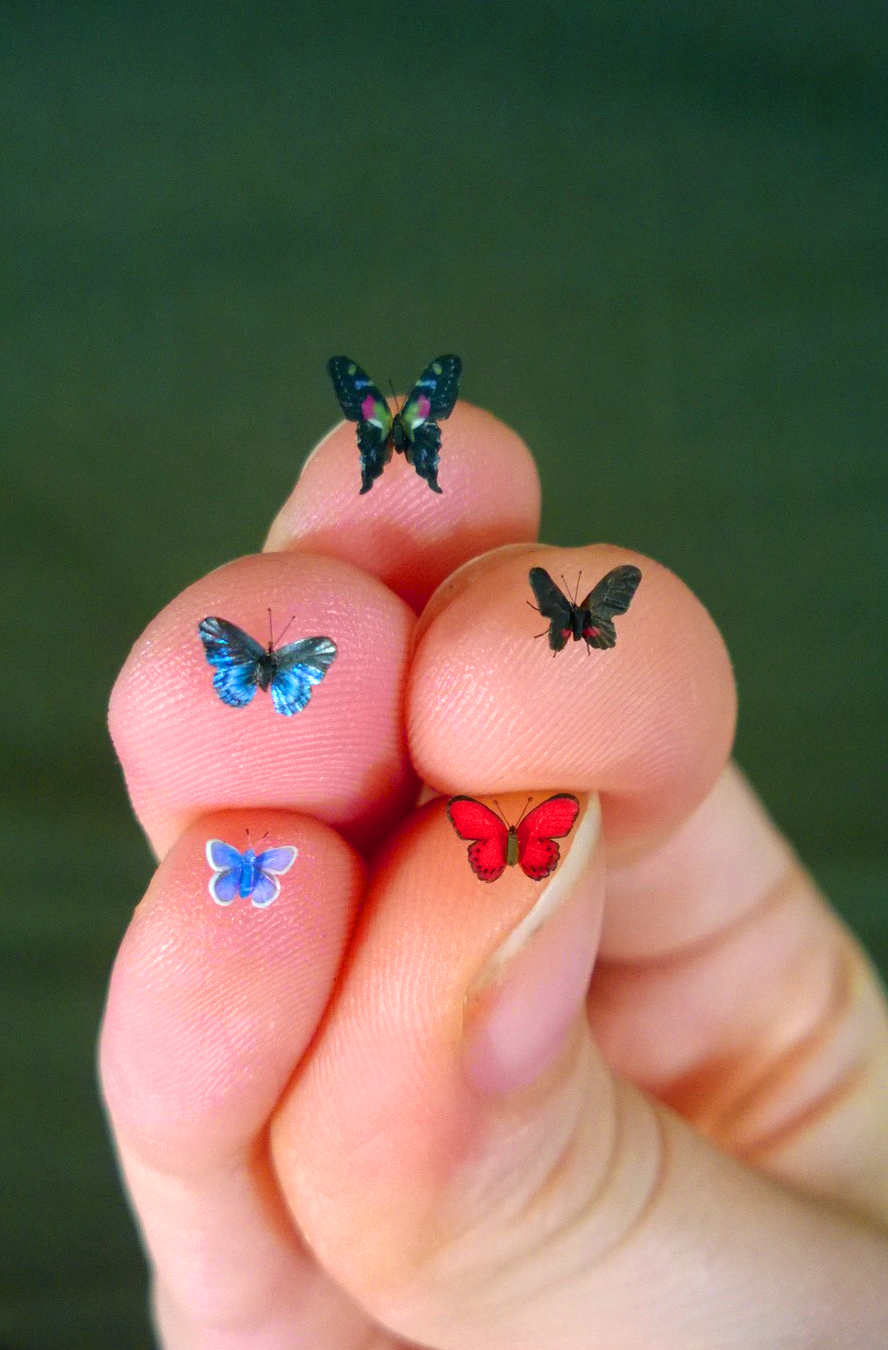
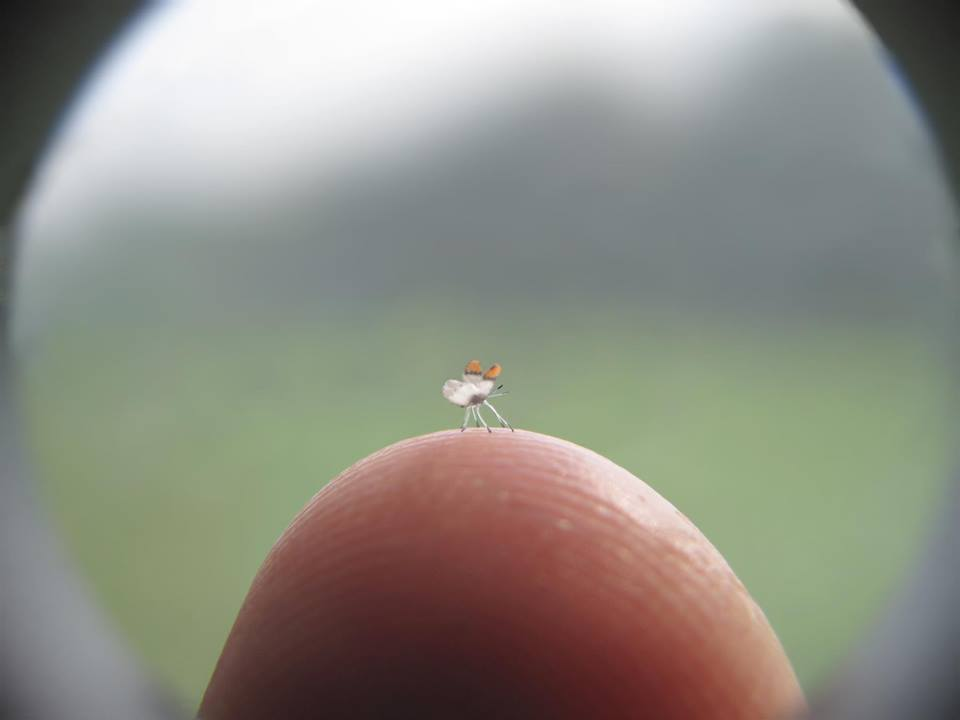
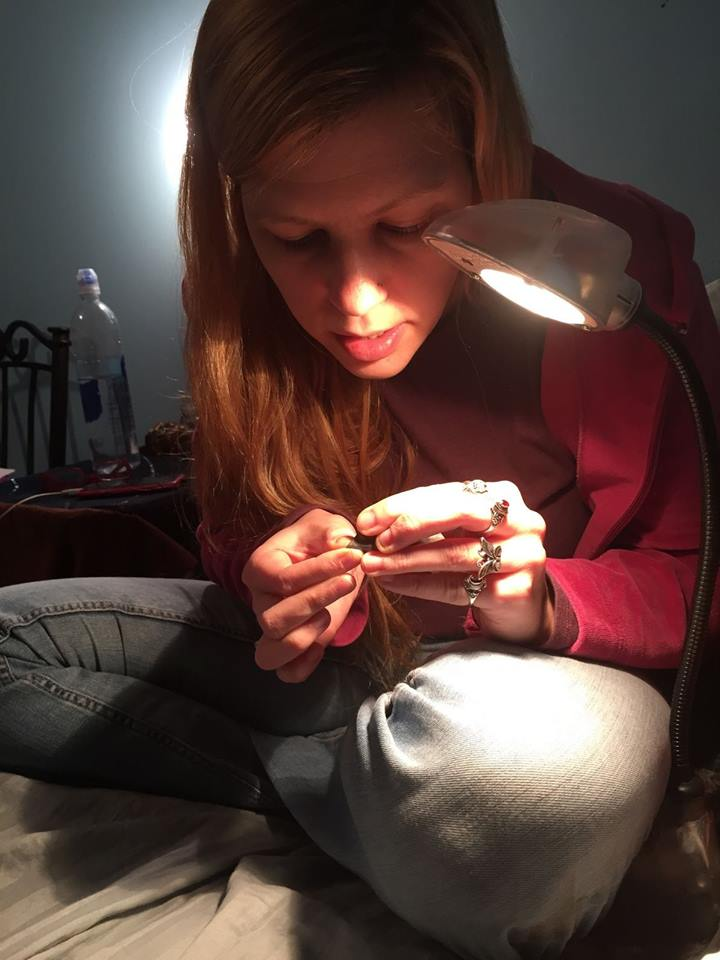
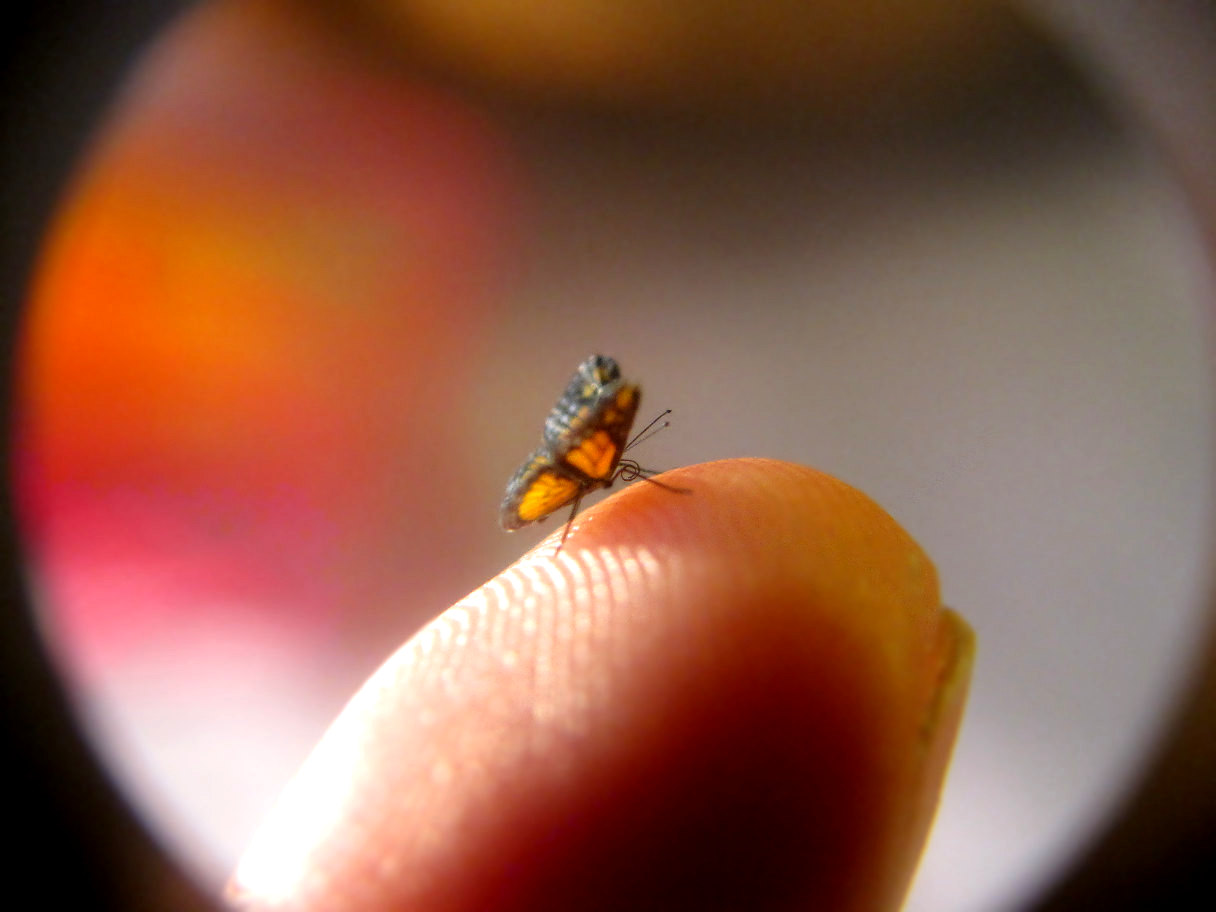
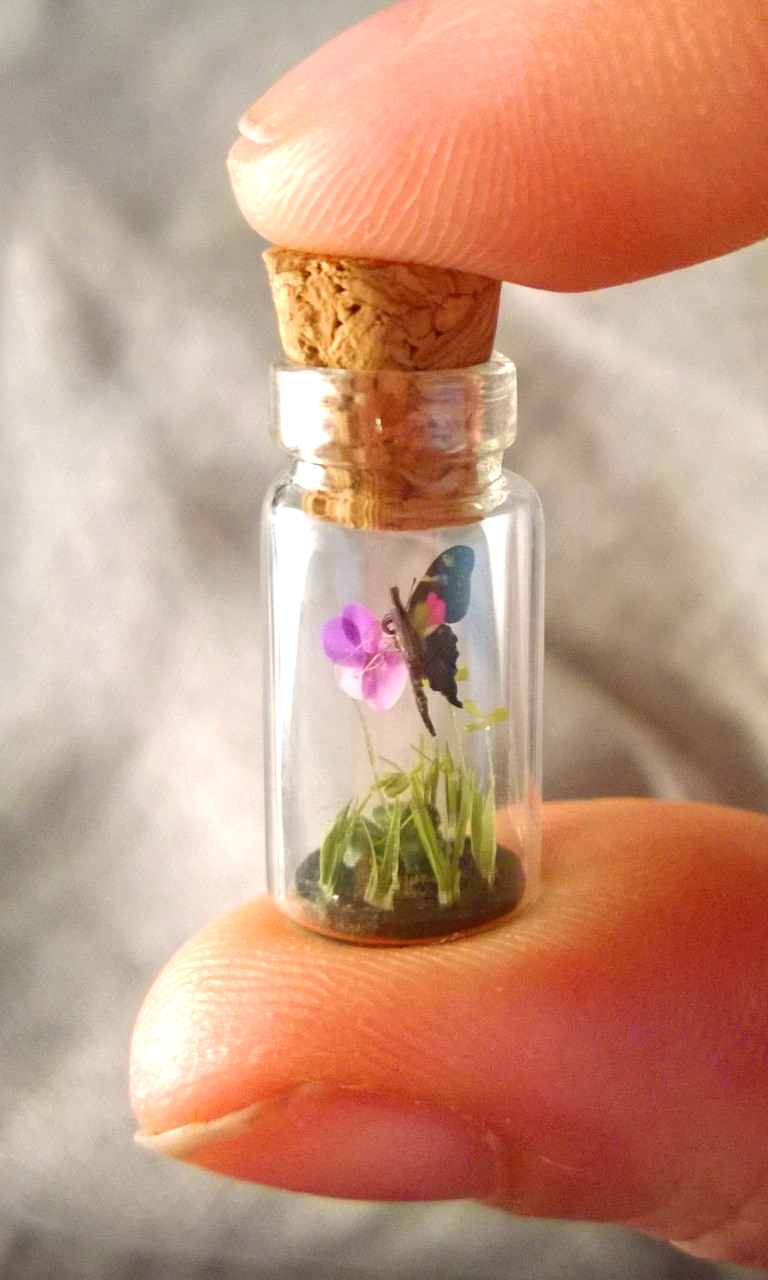
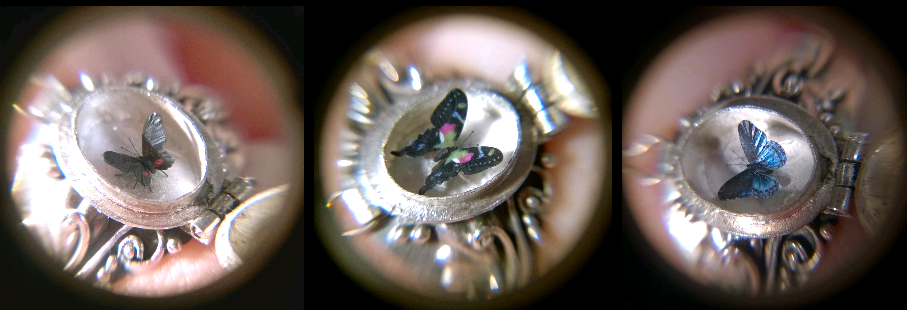
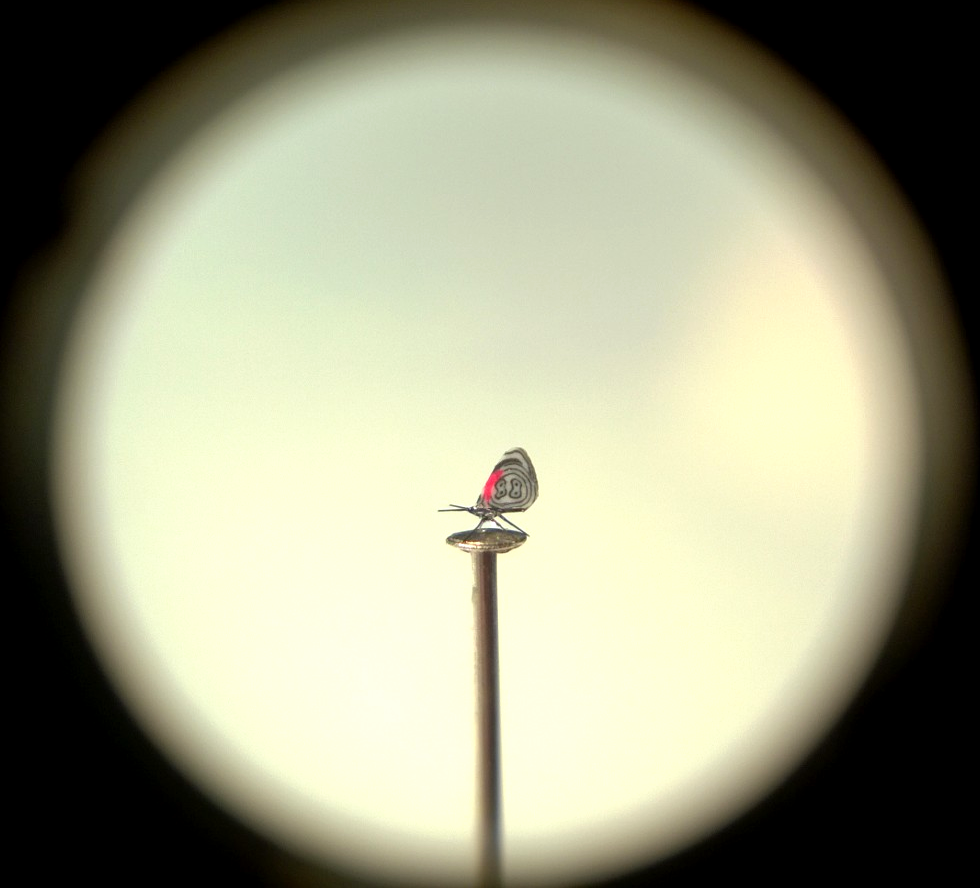
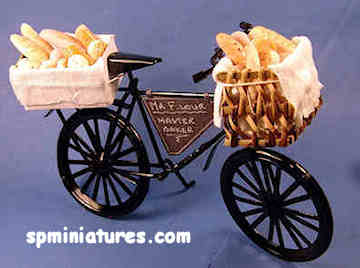
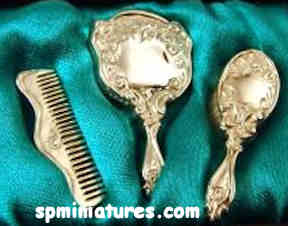
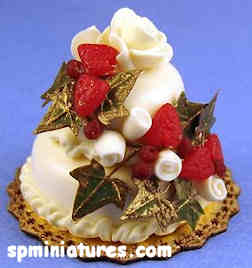

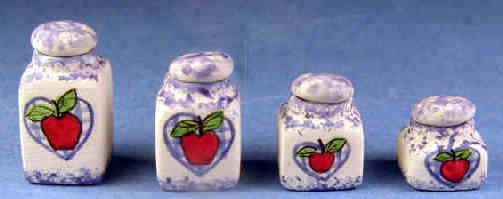
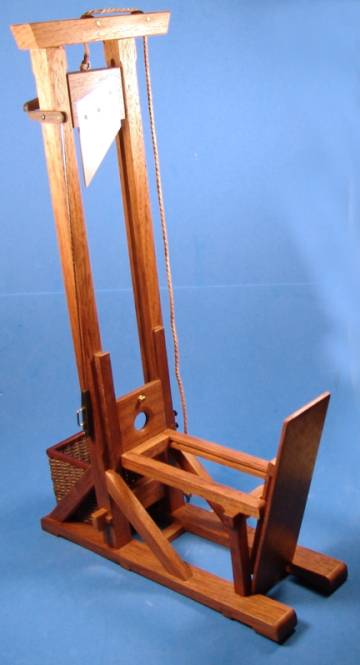
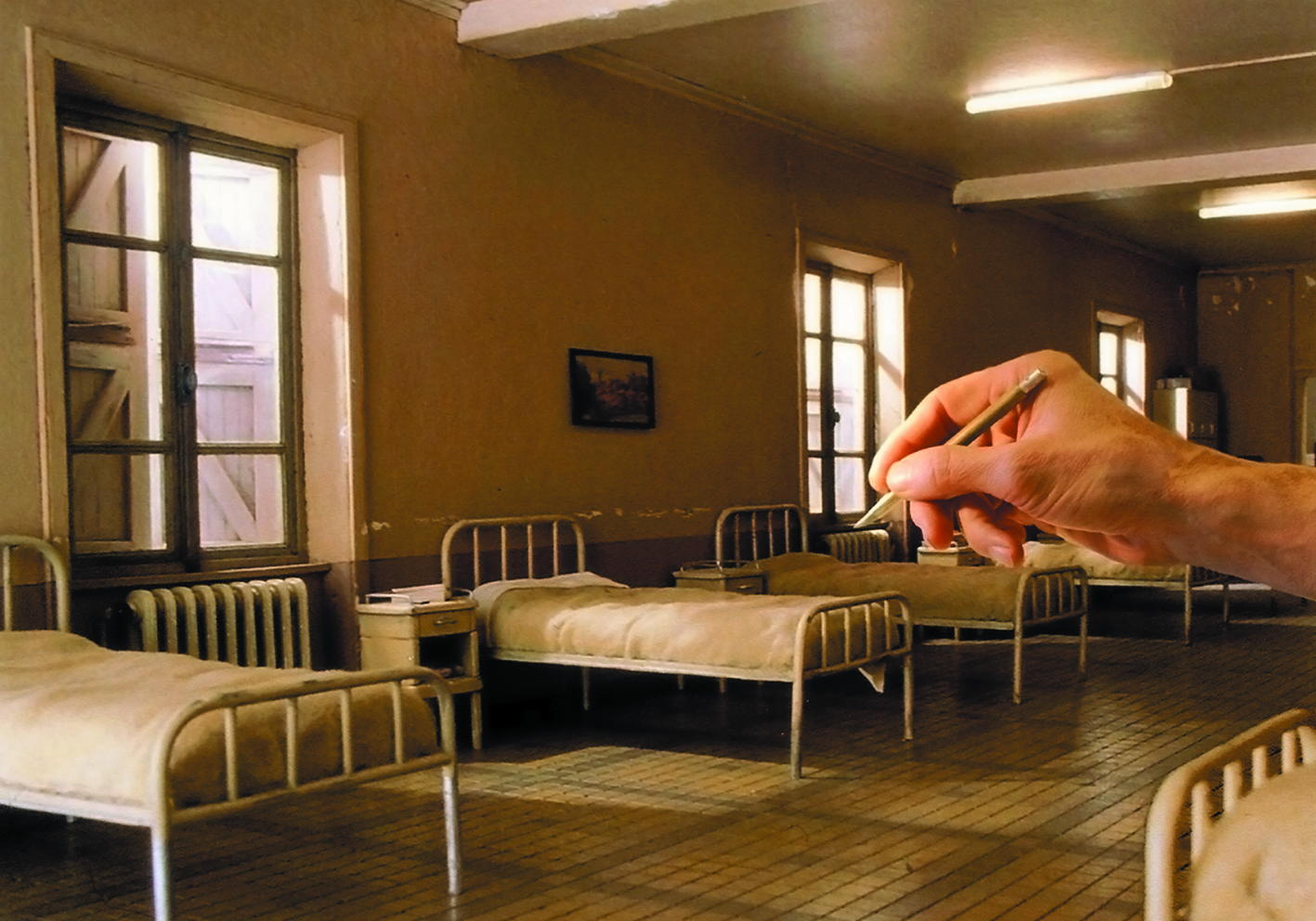
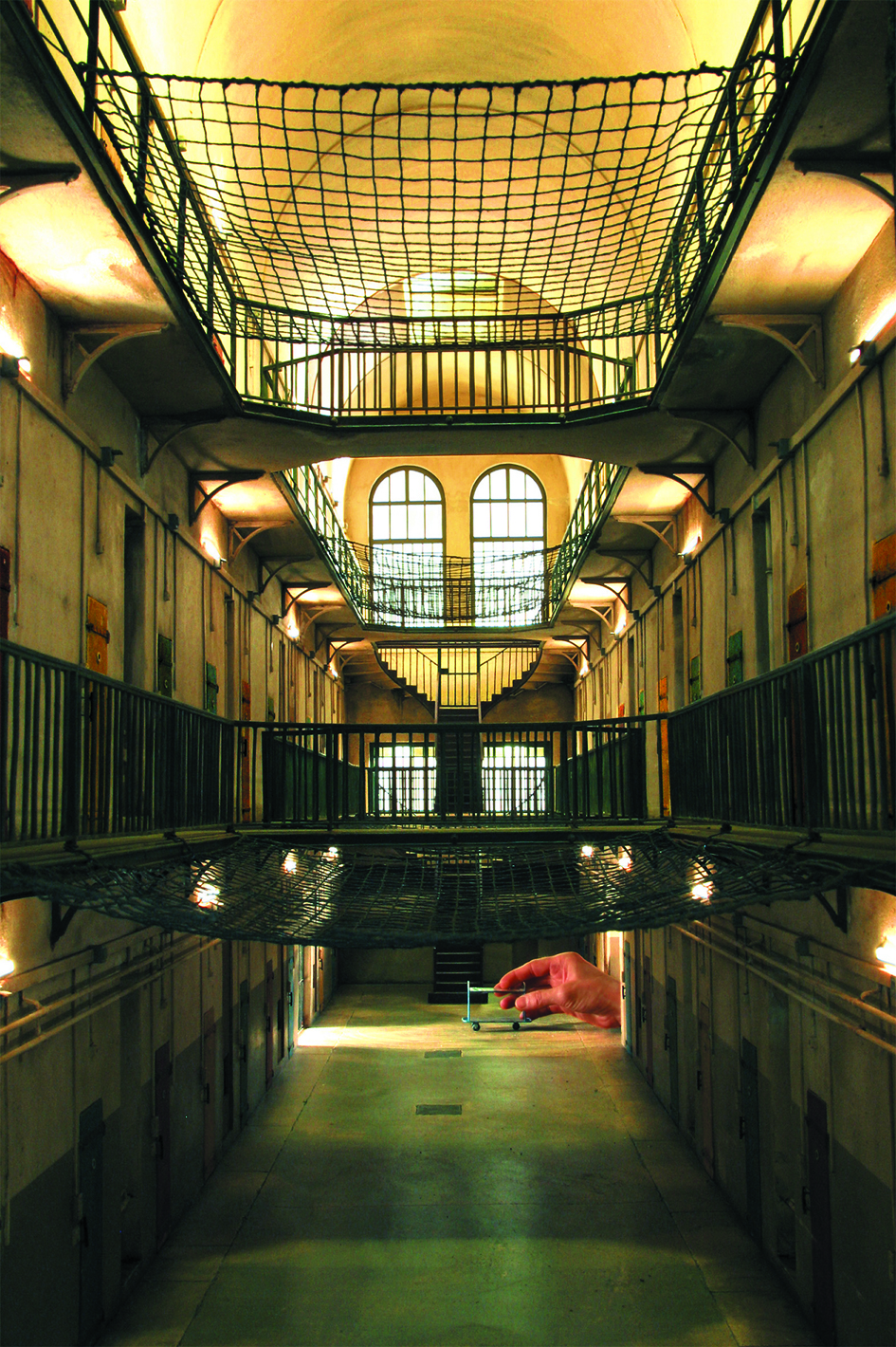
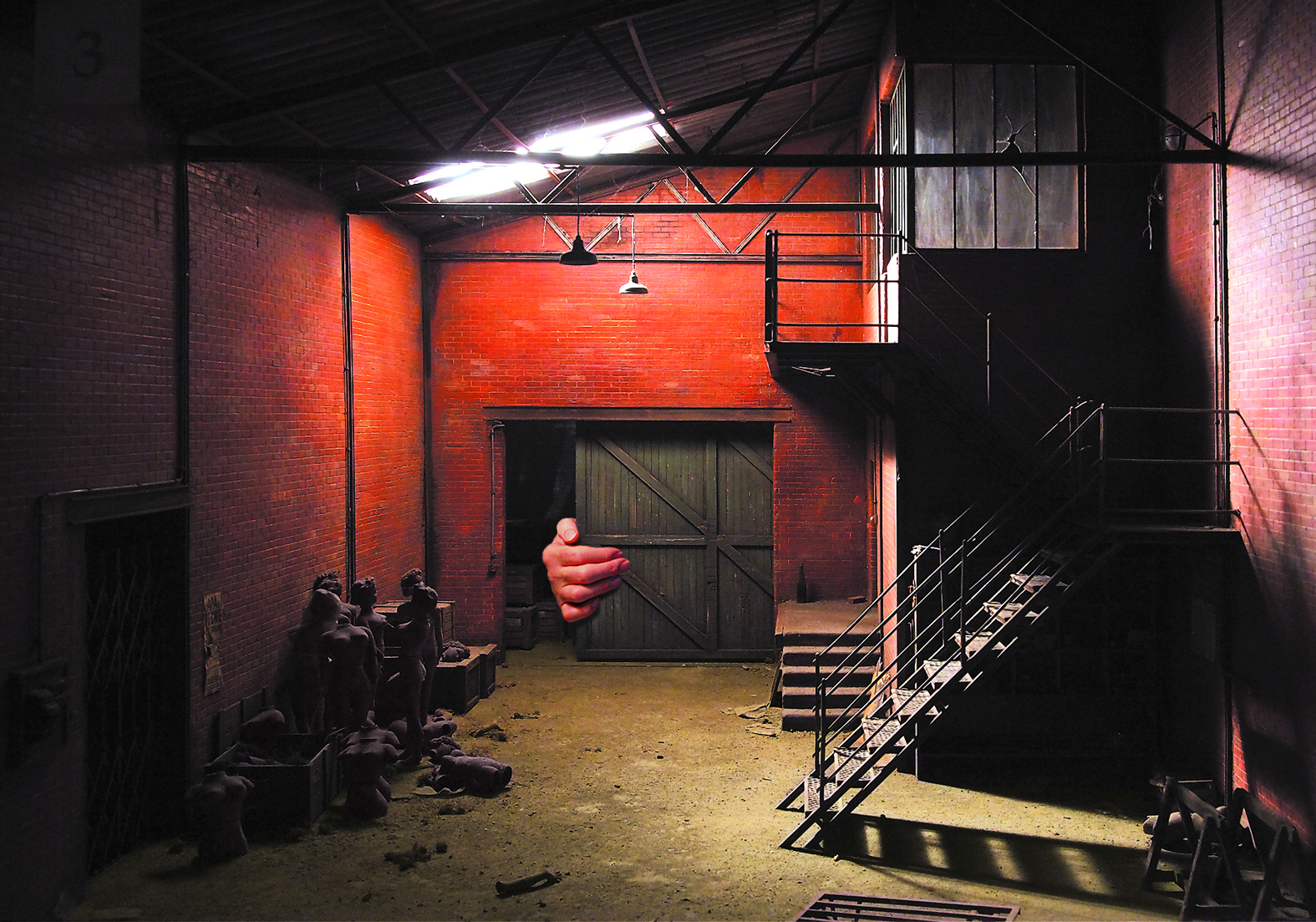

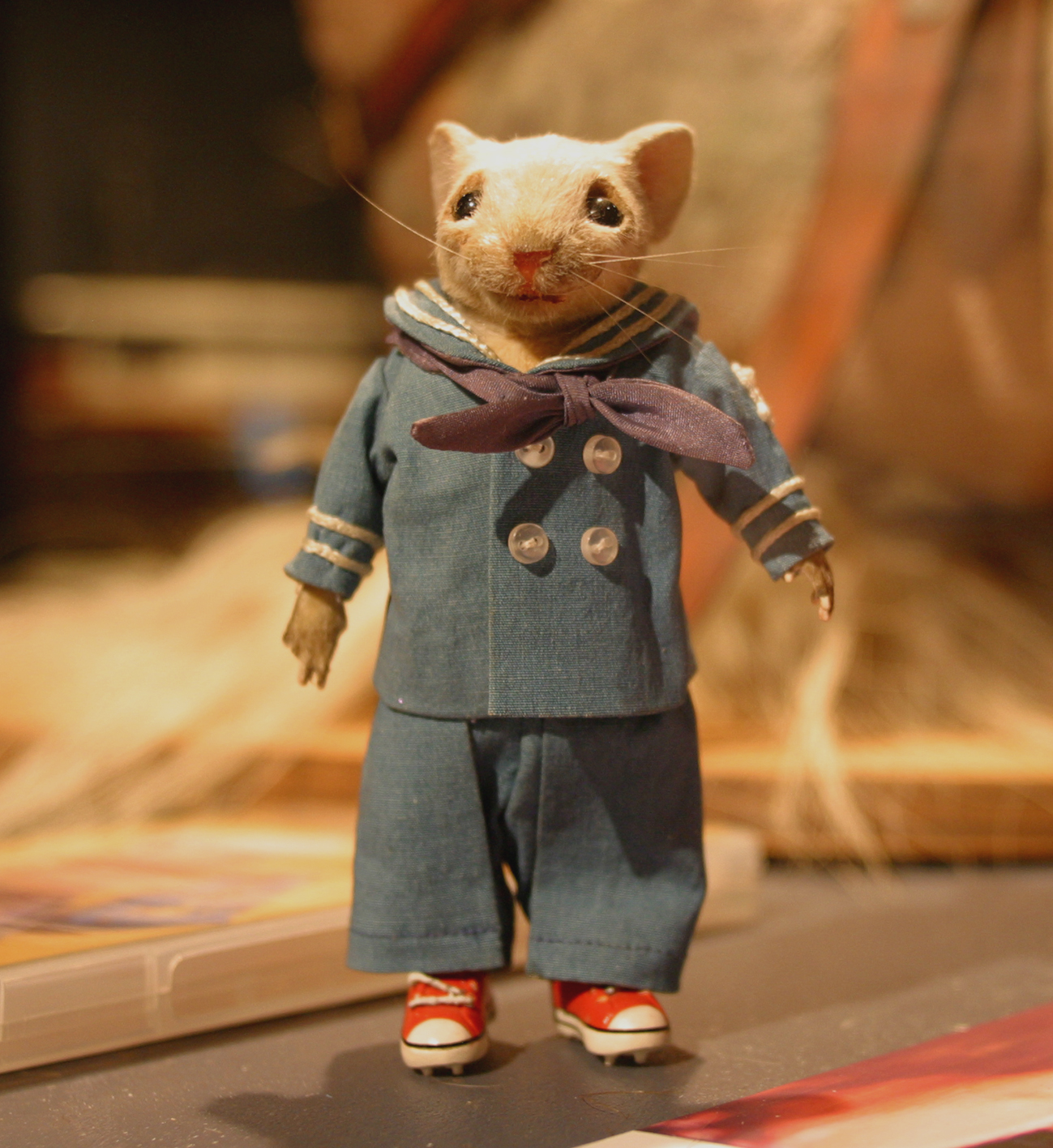
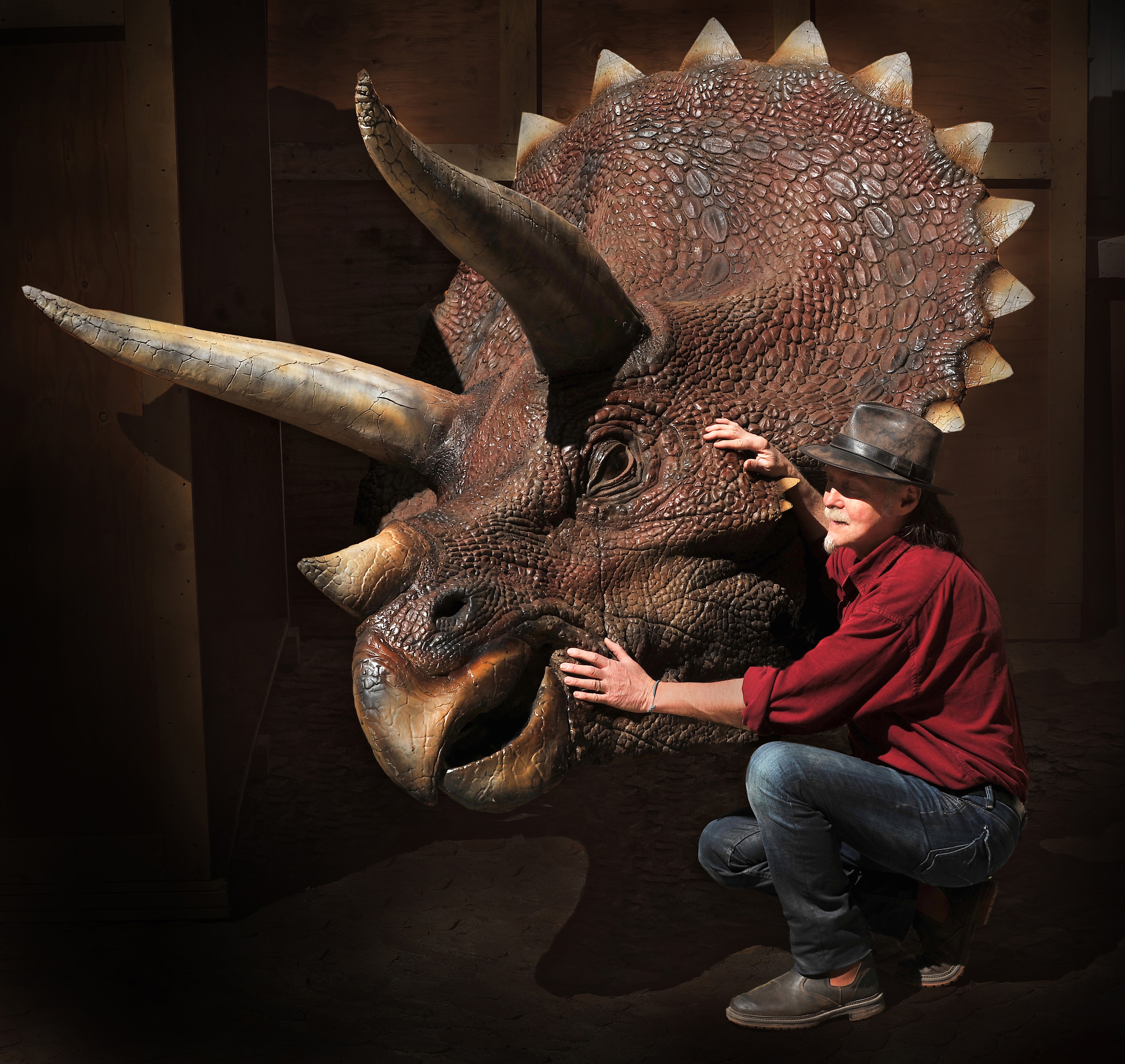
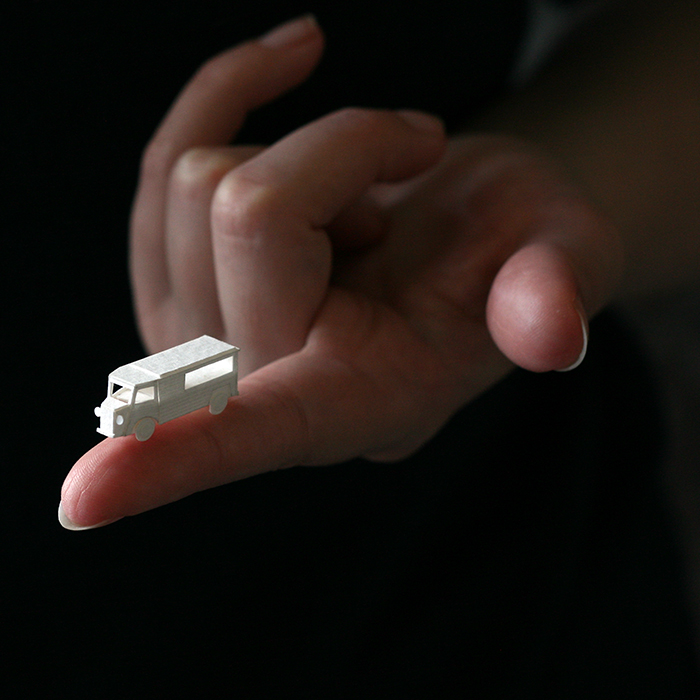
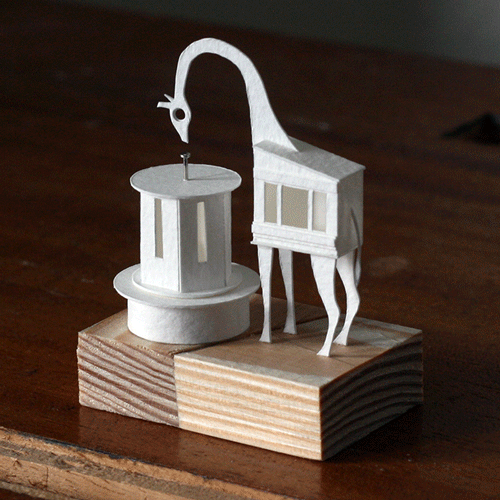
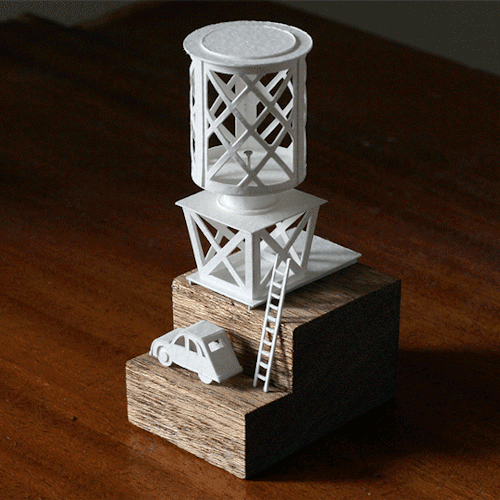 Even with just a few days to go before the one year mark, I’m still not sure about whether I’m going to carry on or not. I feel like a year of models would be a good block of work and
Even with just a few days to go before the one year mark, I’m still not sure about whether I’m going to carry on or not. I feel like a year of models would be a good block of work and 